
Sea levels are rising and oceans are becoming warmer. Longer, more intense droughts threaten crops, wildlife and freshwater supplies. From polar bears in the Arctic to marine turtles off the coast of Africa, our planet’s diversity of life is at risk from the changing climate.
Extraordinary heat waves are sending temperatures soaring into uncharted territory in Europe and the United States setting ghastly new benchmarks.
As we enter dangerous uncharted territory, More Just Parks takes a look back at a time in America when Democrats and Republicans worked together to tackle issues related to conservation and the environment. It was a bipartisan era of environmental activism.
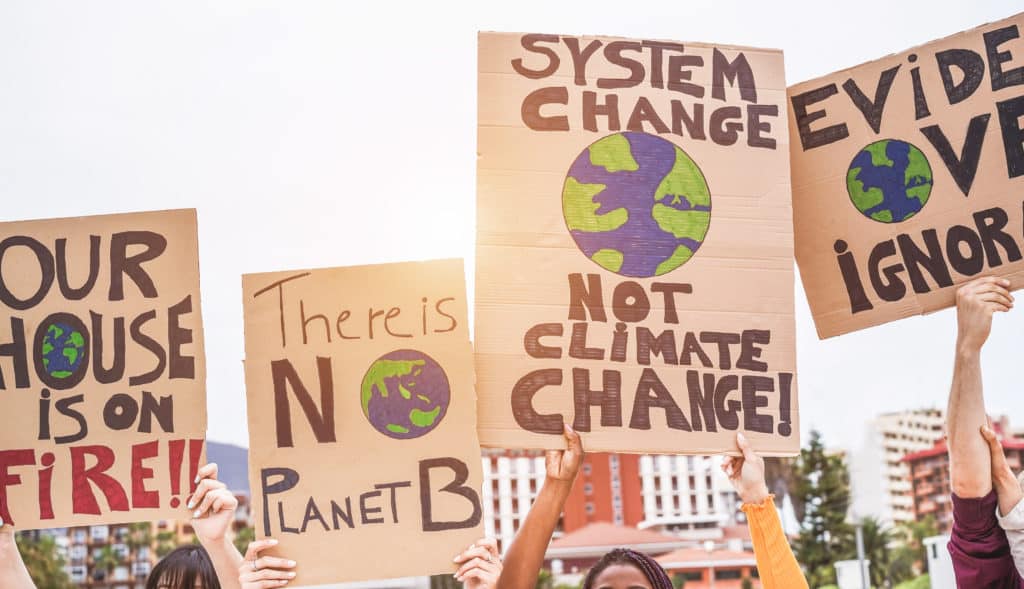
Two Important Questions:
In this article, we will actually address two important questions: (1) Is it time for another bipartisan era of environmental activism? And, (2) What will it take to achieve this political cooperation?
A new POLITICO Morning Consult Global Sustainability Poll reveals that the United States is home to the largest ideological divide on climate action.
“Among Americans, 97 percent of left-leaning voters expressed concern about climate change, compared to just 51 percent of right-leaning voters,” according to Politico.
Given these sharp partisan divisions, it’s worth taking a look back at an era when Democrats and Republicans were able to find common ground to pursue policies which improved environmental quality for the benefit of everyone.
The Era Of Bipartisan Environmental Activism
It began with the publication of Rachel Carson’s Silent Spring in 1962. With her groundbreaking work, Carson gave us a deeper understanding of the impact we have on our planet and the impact our planet has on us.
We thought we could bend the physical universe to meet our needs. Rachel Carson showed us that we can’t. All life is interconnected.
Actions have consequences. Making life unfit for one species makes it unfit for others as well, including humans.
RELATED: A Woman Started The Modern Environmental Movement (Can It Continue?)
“We live in a scientific age, yet we assume that knowledge of science is the prerogative of only a small number of human beings, isolated and priest-like in their laboratories. This is not true.
-Rachel Carson
The materials of science are the materials of life itself. Science is part of the reality of living; it is the what, the how, and the why of everything in our experience.
It is impossible to understand man without understanding his environment and the forces that have molded him physically and mentally.“
1. John F. Kennedy – The First Step Towards Bipartisan Environmental Activism
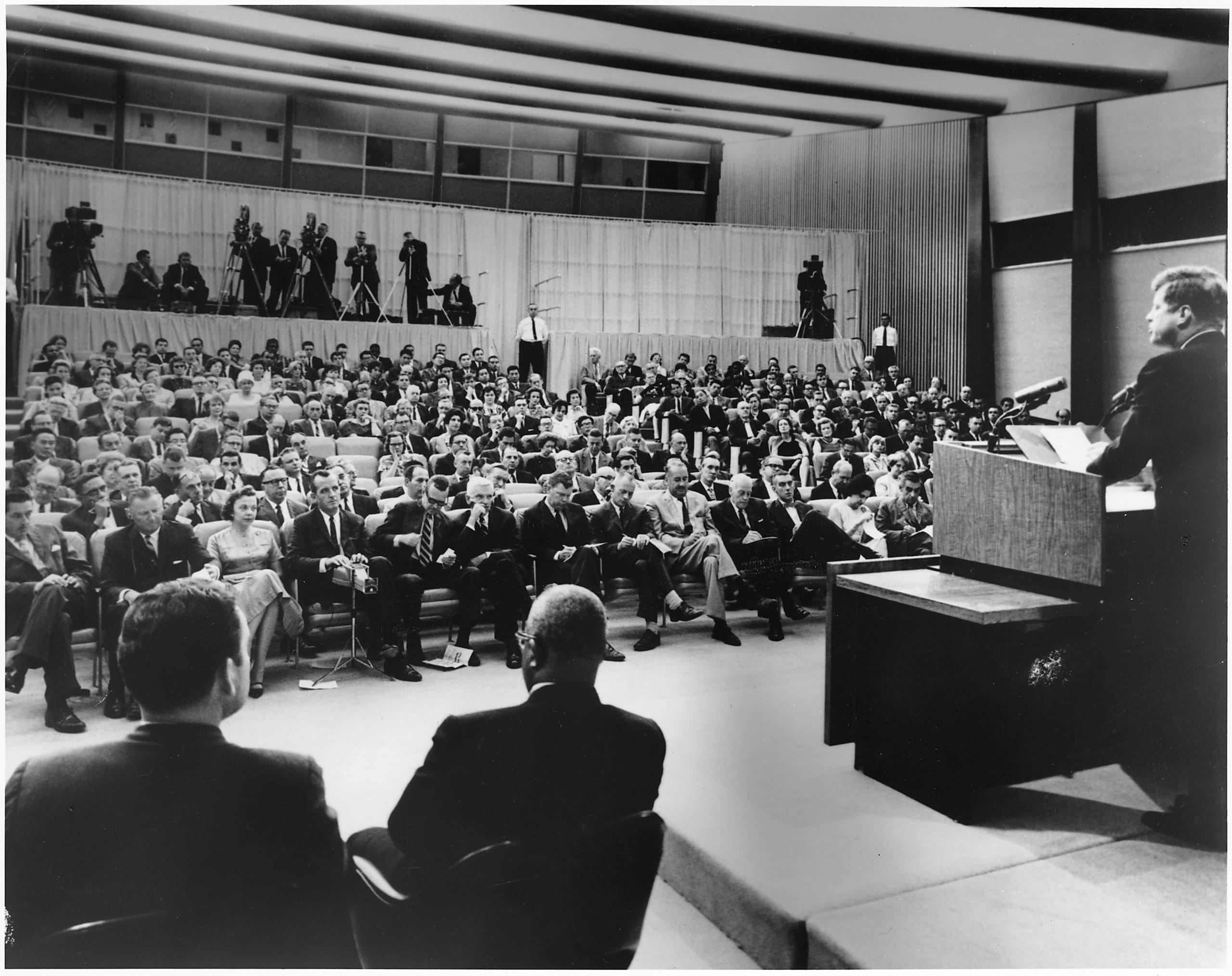
Given Carson’s bombshell book, people began to understand the dangers of chemical pesticides. The public demanded accountability given the risks to our environment. And, as a consequence, our leaders began to act in a bipartisan way to provide long-term solutions.
President Kennedy was asked whether the government needed to take a closer look at this issue. “Yes, of course, and since Miss Carson’s book, they are examining the issue.”
Kennedy Begins To Act | An Important First Step
President Kennedy appointed a committee to look into the problem. This led to the development of regulations on DDT and other dangerous chemicals.
Ultimately, DDT was banned in the United States.
Kennedy’s decision to put DDT under investigation was an important first step.
Government began considering the consequences of human actions on our environment. It was time to start taking meaningful actions to protect the public from the threats posed by biological and chemical contaminants.
Let us not seek the Republican answer or the Democratic answer, but the right answer.
-John F. Kennedy
Let us not seek to fix the blame for the past. Let us accept our own responsibility for the future.
Youth Conservation Corps | Bipartisan Environmental Activism
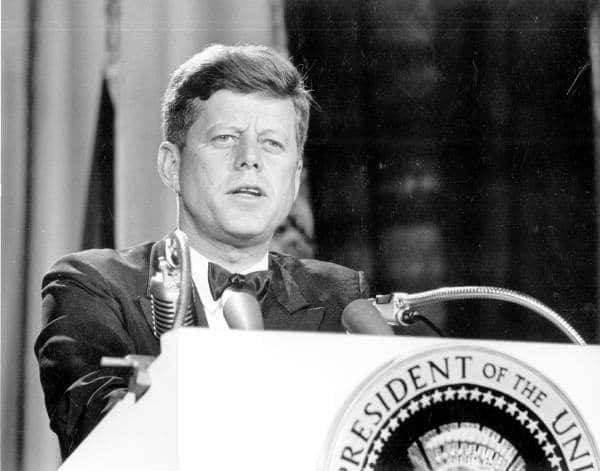
To respond to the growing environmental threat, President Kennedy proposed creation of the Youth Conservation Corps (YCC).
Kennedy saw public service as a way to make the world a better place.
According to the National Park Service which now oversees this program:
“The YCC engages young people in meaningful work experiences on national parks, forests, wildlife refuges, and fish hatcheries while developing an ethic of environmental stewardship and civic responsibility.“
Conservation & Environmentalism Were Intertwined

As Professor of Environmental Analysis & History Char Miller notes, writing in Green Urbanism: Remembering JFK’s Major Environmental Achievements, John F. Kennedy believed that conservation and environmentalism were intertwined.
“President Kennedy promoted the passage of a land and water conservation fund from which the government would purchase wetlands, wild lands, and other threatened terrain.”
RELATED: Gifford Pinchot: A 2021 Lesson From America’s First Forester
The Torch Is Passed | Bipartisan Environmental Activism
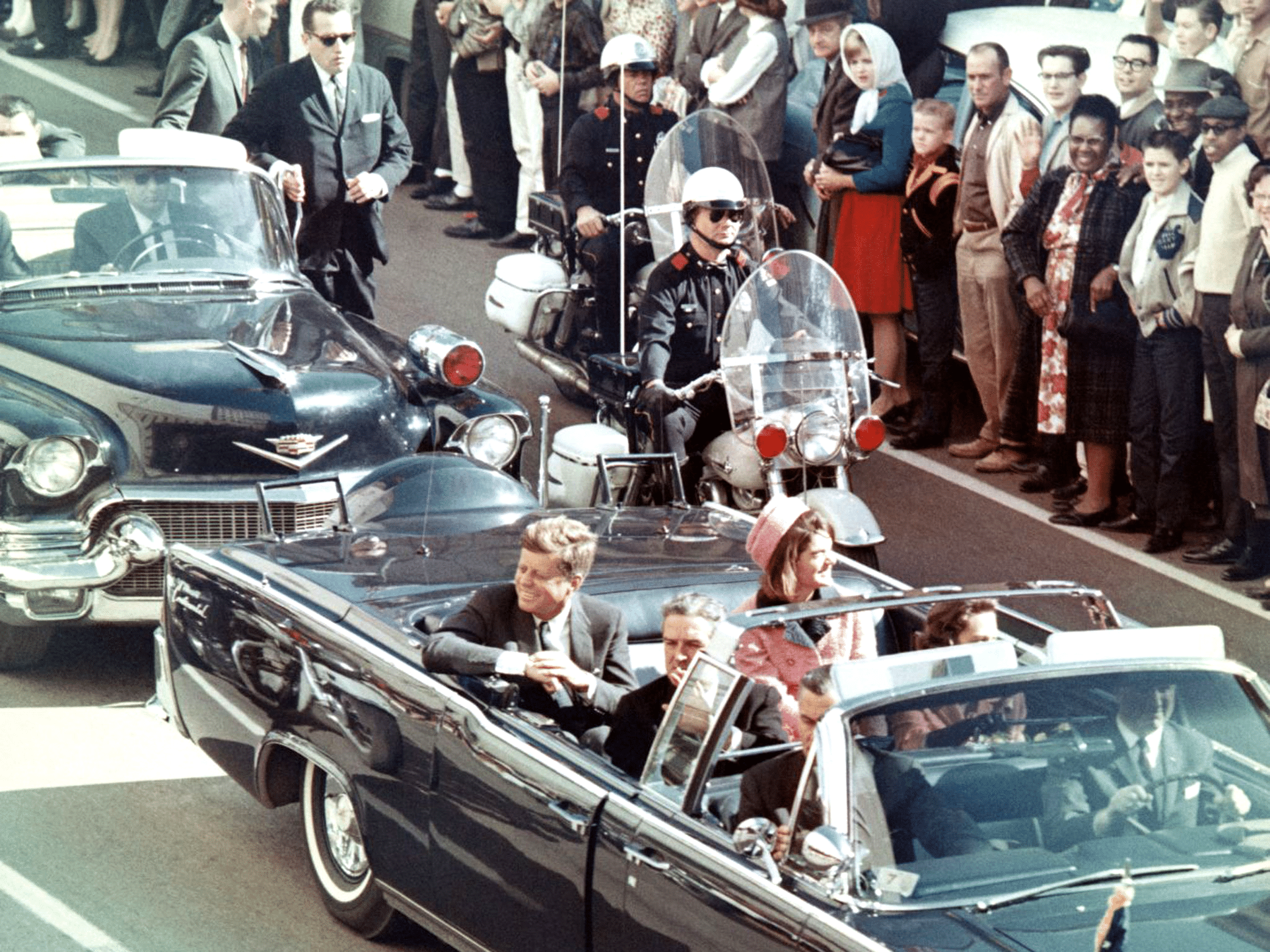
John F. Kennedy did not live to see his ideas come to fruition. Tragically, his life was cut short by the terrible events of November 22nd, 1963.
Democrats and Republicans, however, continued to build on Kennedy’s important work.
As they did, new scientific evidence continued to emerge demonstrating how our actions were placing our planet in ever greater peril.
2. Lyndon B. Johnson & The Continuation of Bipartisan Environmental Activism
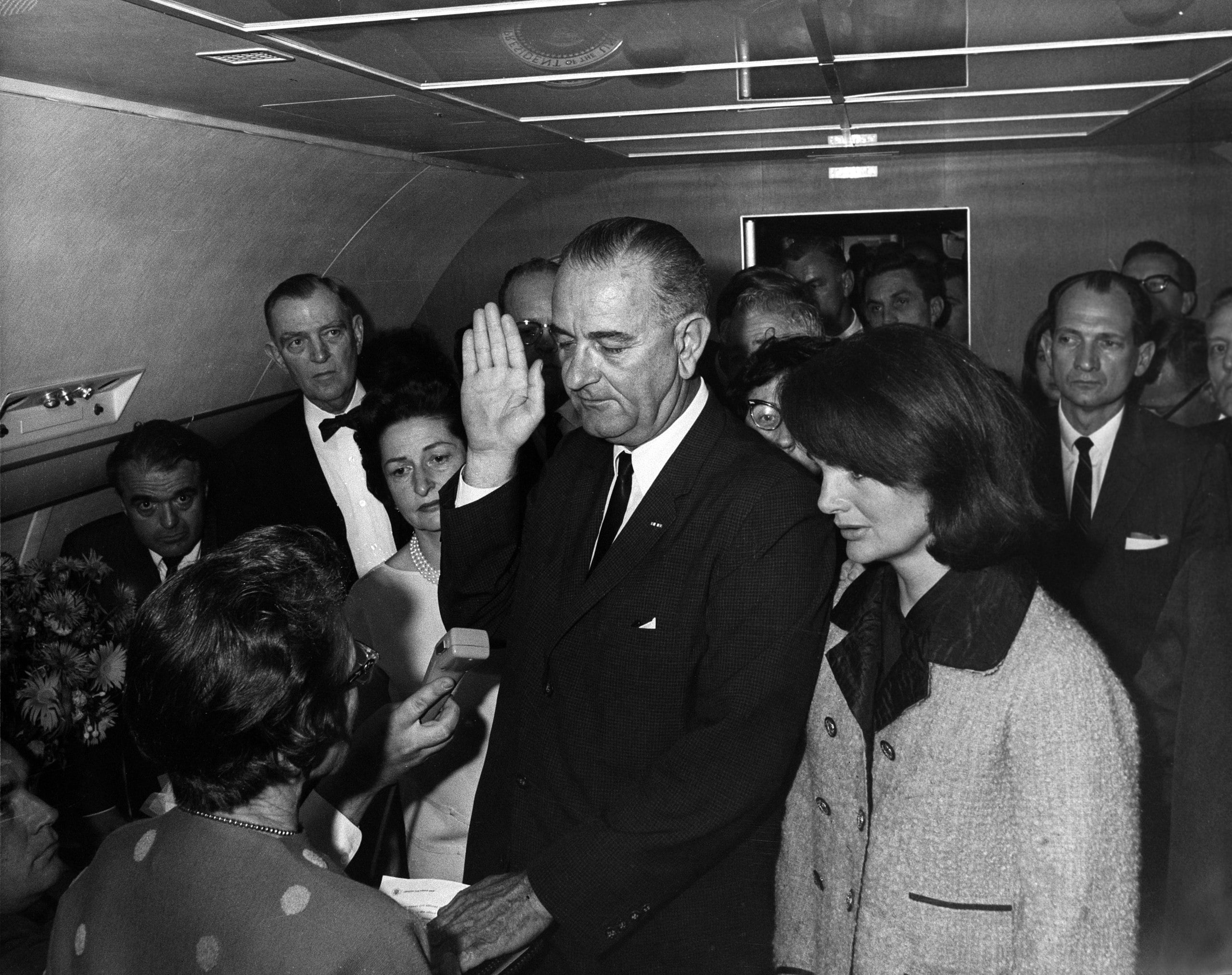
Author Adrian Benepe believes the U.S. President with the strongest environmental track record is President Lyndon B. Johnson.
In his article, How the White House Went Green, Benepe writes, “Lyndon Johnson signed more than 300 conservation measures into law. These measures established the legal foundations for how we protect the nation’s land, water and air.”
“The first important legislative success for the environmental movement was the Wilderness Act, which President Johnson signed into law on September 3, 1964.
-James Morton Turner & Andrew C. Isenberg, The Republican Reversal: Conservatives And The Environment From Nixon To Trump
The act was neither the first environmental law nor the most important. Yet the scope and ambitions of the Wilderness Act were strikingly new.
The law immediately set aside 9.1 million acres of federal land as part of a new National Wilderness Preservation System.
Defining wilderness as places “where the earth and its community of life are untrammeled by man, where man himself is a visitor who does not remain,” the law largely barred industries such as mining and logging from the newly designated wilderness areas.”
A Transitional Force of Environmentalism
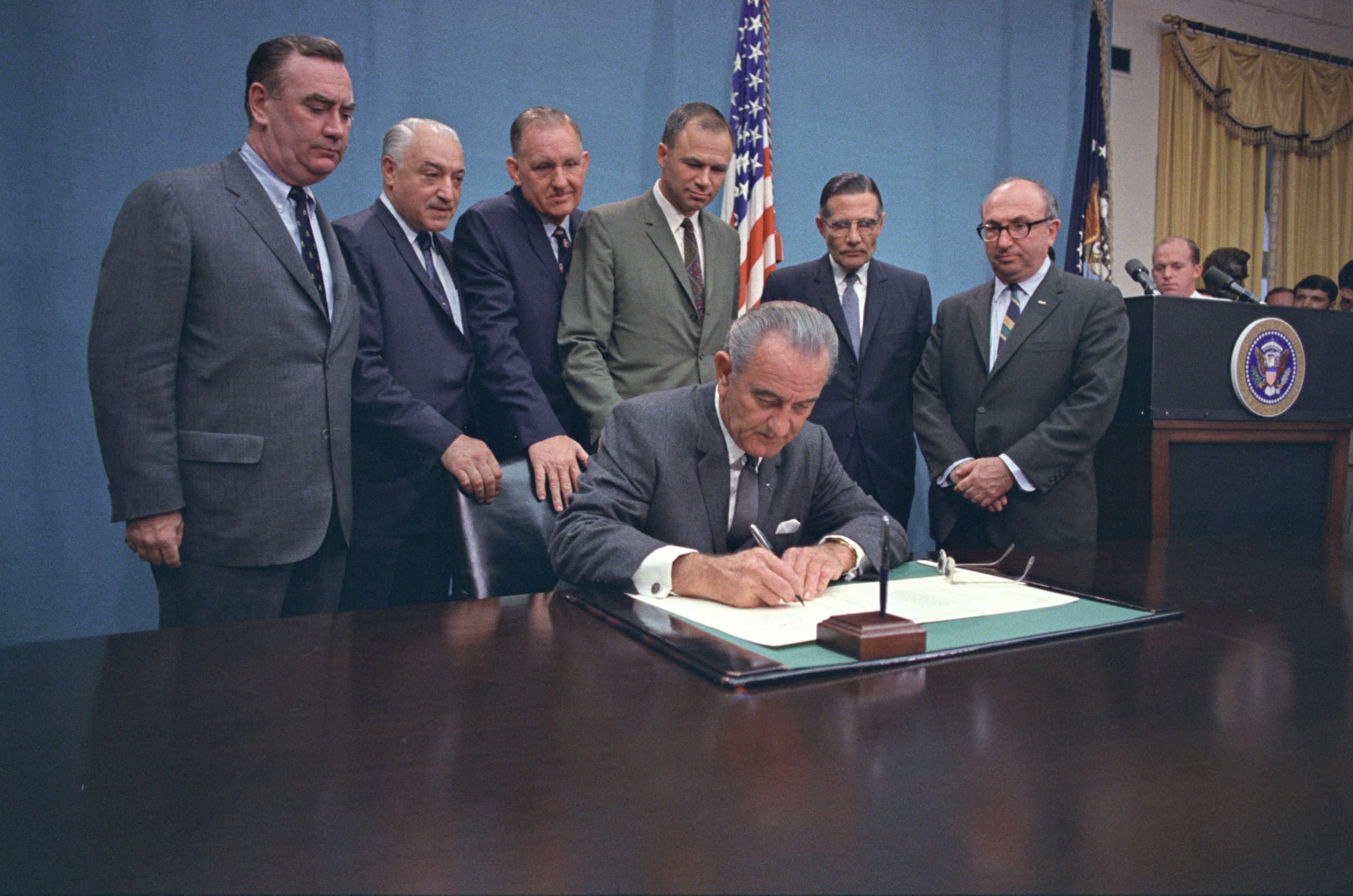
Environmental historian Martin V. Melosi refers to the Johnson administration as “a transitional force in the evolution from old-style conservation to modern environmentalism.”
We will seek legal power to prevent pollution of our air and water before it happens. We will step up our effort to control harmful wastes, giving first priority to the cleanup of our most contaminated rivers. We will increase research to learn much more about the control of pollution.
-President Lyndon B. Johnson’s 1965 State Of The Union Address
Building On The Environmental Work Of The Roosevelts
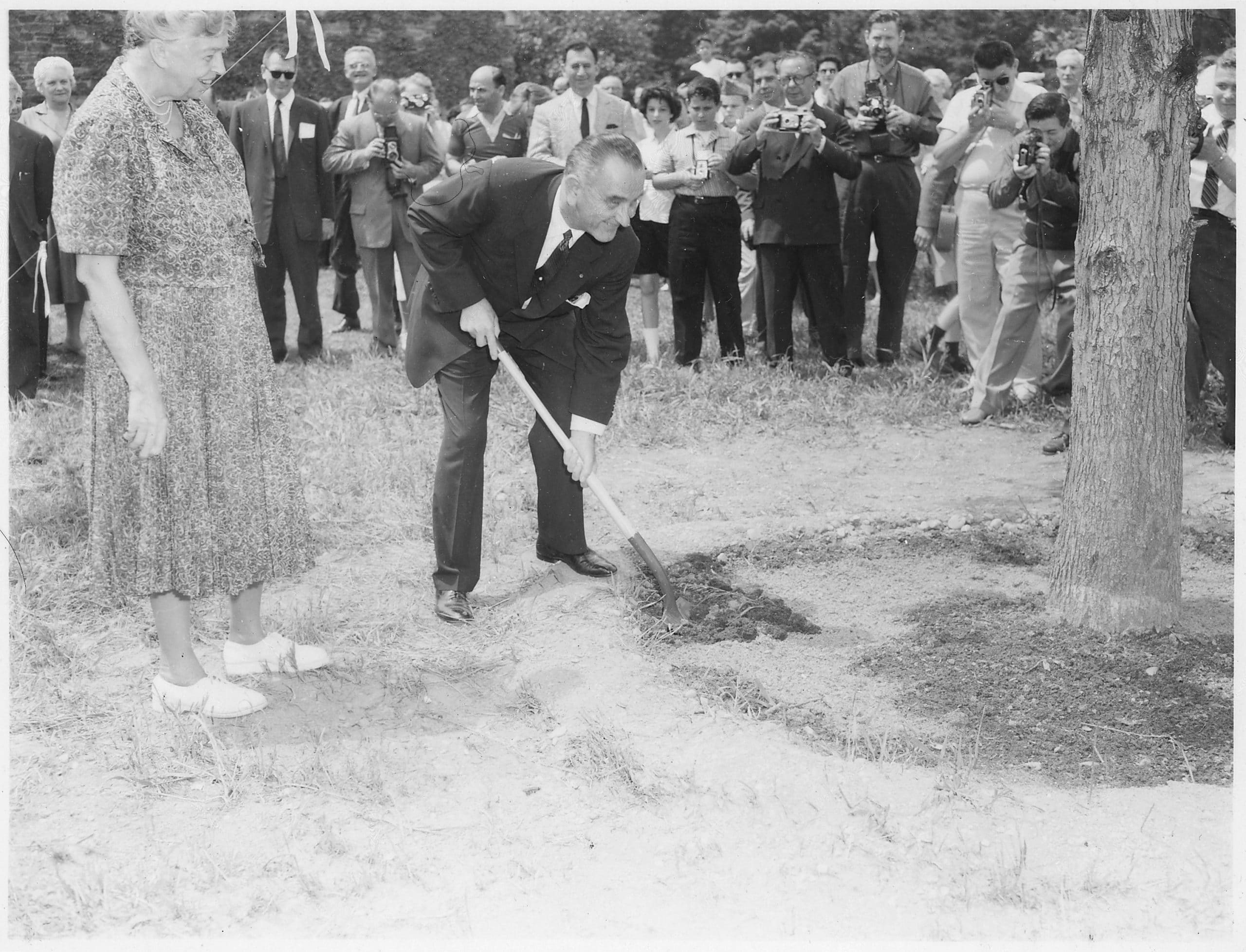
LBJ idolized the conservation work of two of his predecessors–Theodore and Franklin Roosevelt. He looked for ways to continue their important legacies.
RELATED: The First Green New Deal Happened Nearly 100 Years Ago-What Happened?
“We have become great because of the lavish use of our resources.
-President Theodore Roosevelt
But the time has come to inquire seriously what will happen when our forests are gone, when the coal, the iron, the oil, and the gas are exhausted, when the soils have still further impoverished and washed into the streams, polluting the rivers, denuding the fields and obstructing navigation.”
Three Changing Forces | Bipartisan Environmental Activism
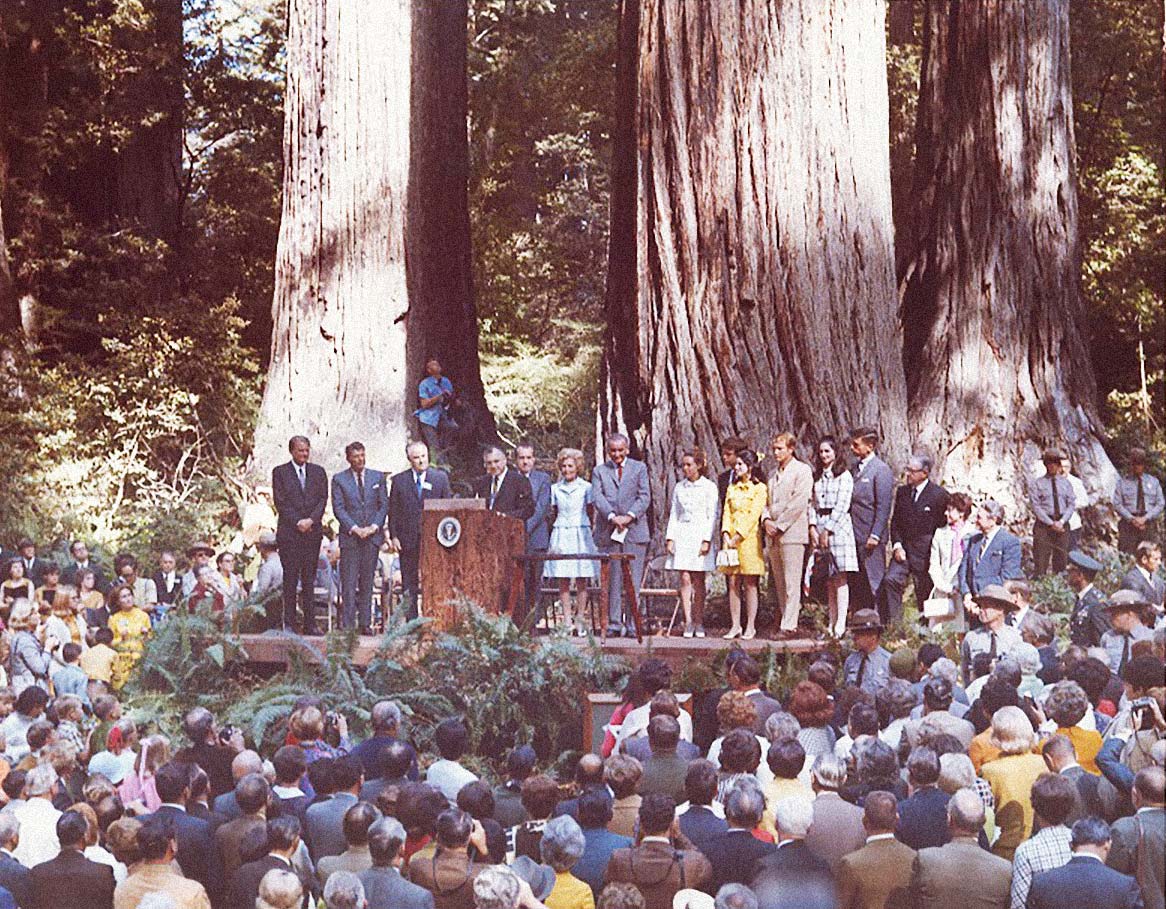
As author Nancy M. Germano writes, “He [Johnson] outlined three changing forces that he believed brought ‘a new era to conservation’: growing population, the triumph of technology, and urbanization.“
This meant conservation now had to address the environmental consequences of public and private actions. It was an important next step.
A new conservation ethic was emerging which would include a better understanding of the environmental impact that economic development was having on our planet.
New Conservation & Environmental Activism
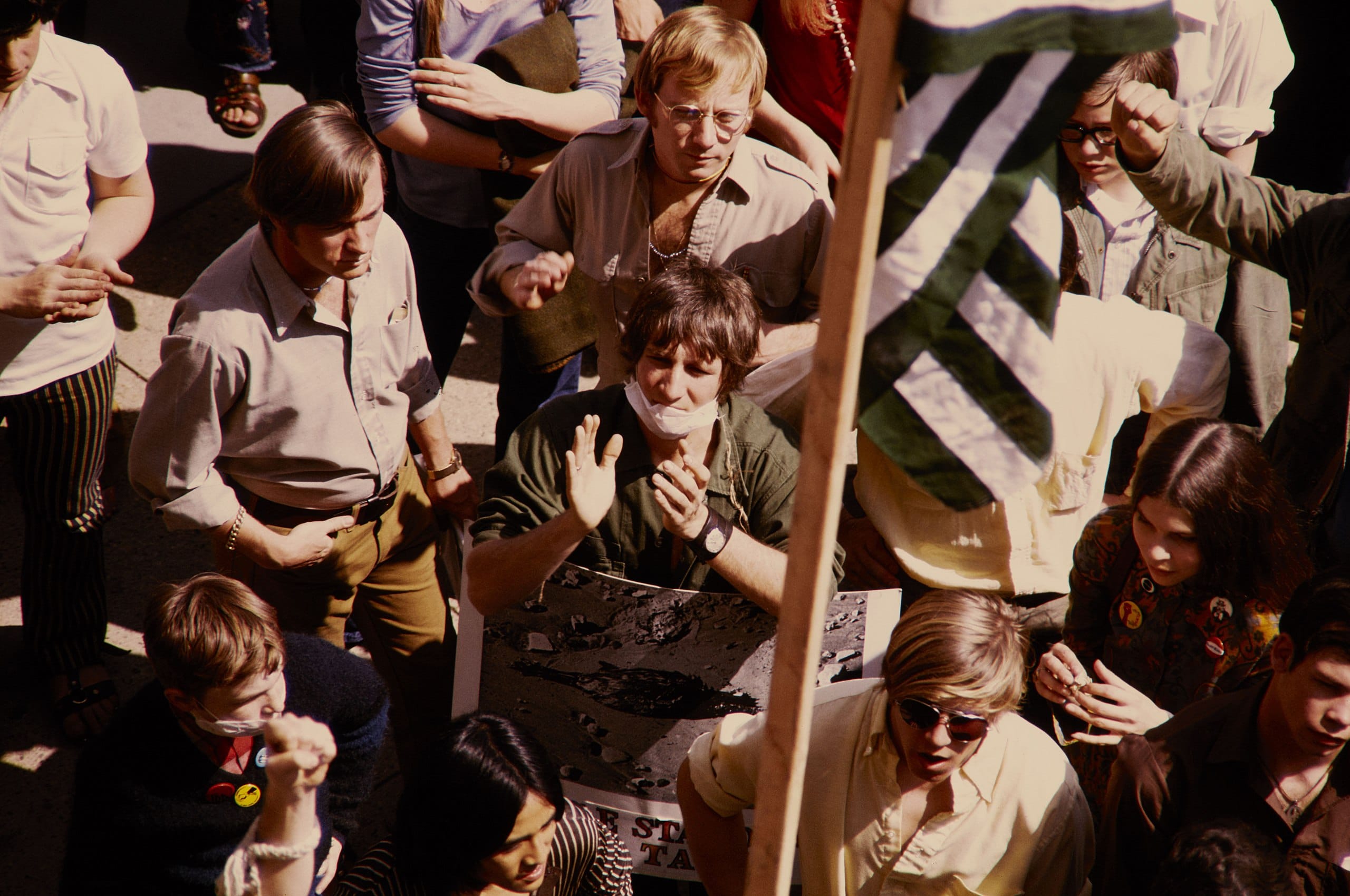
The Johnson Administration served as an important bridge between conservationism and environmentalism.
Lyndon Johnson’s “new conservation” reflected a growing acknowledgement of how environmental forces shaped public policy decisions intended to preserve and protect America’s public lands.
“To sustain an environment suitable for man, we must fight on a thousand battlegrounds. Despite all of our wealth and knowledge, we cannot create a redwood forest, a wild river, or a gleaming seashore. Nothing comes free. Nothing.”
-President Lyndon B. Johnson
Lady Bird Johnson’s Campaign For Beauty
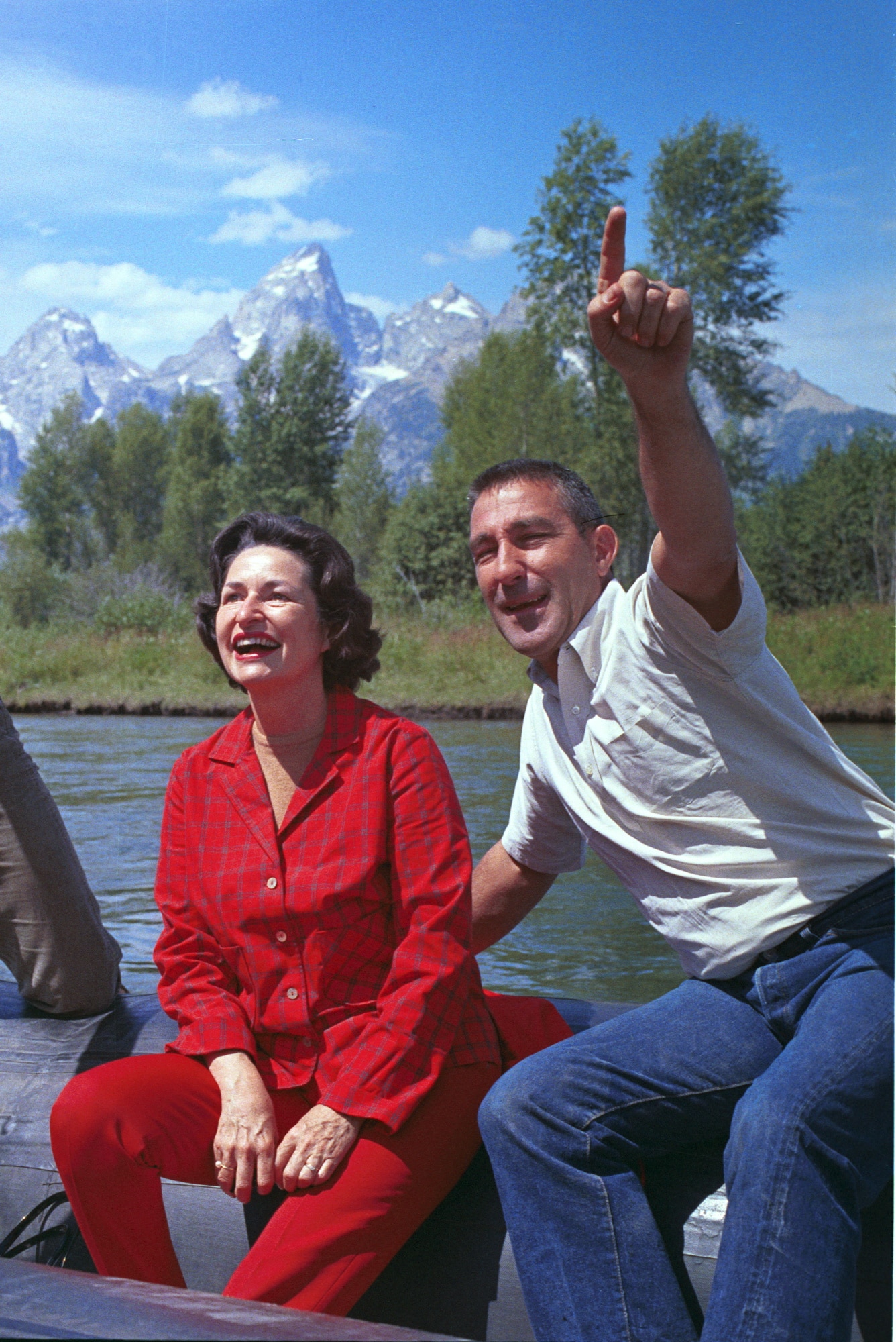
Lyndon Johnson’s wife, Lady Bird, became the “Environmental First Lady.” She became a strong voice and a passionate advocate on environmental issues.
As Dee Hoffman writes in Lady Bird Johnson, The Environmental First Lady, “Through her efforts to clean up first the Nation’s Capital and later the nation’s highways and byways, Lady Bird legitimized environmental issues and made them a national priority.”
RELATED: Aldo Leopold’s Land Ethic | How It Helped Give Birth To Environmentalism
Well, I, for one, think we will survive, and I hope that along the way we can keep alive our experience with the flowering earth. For the bounty of nature is also one of the deep needs of man.
-Lady Bird Johnson
The environment is where we all meet, where we all have a mutual interest; it is the one thing all of us share.
The First Lady’s Environmental Bill
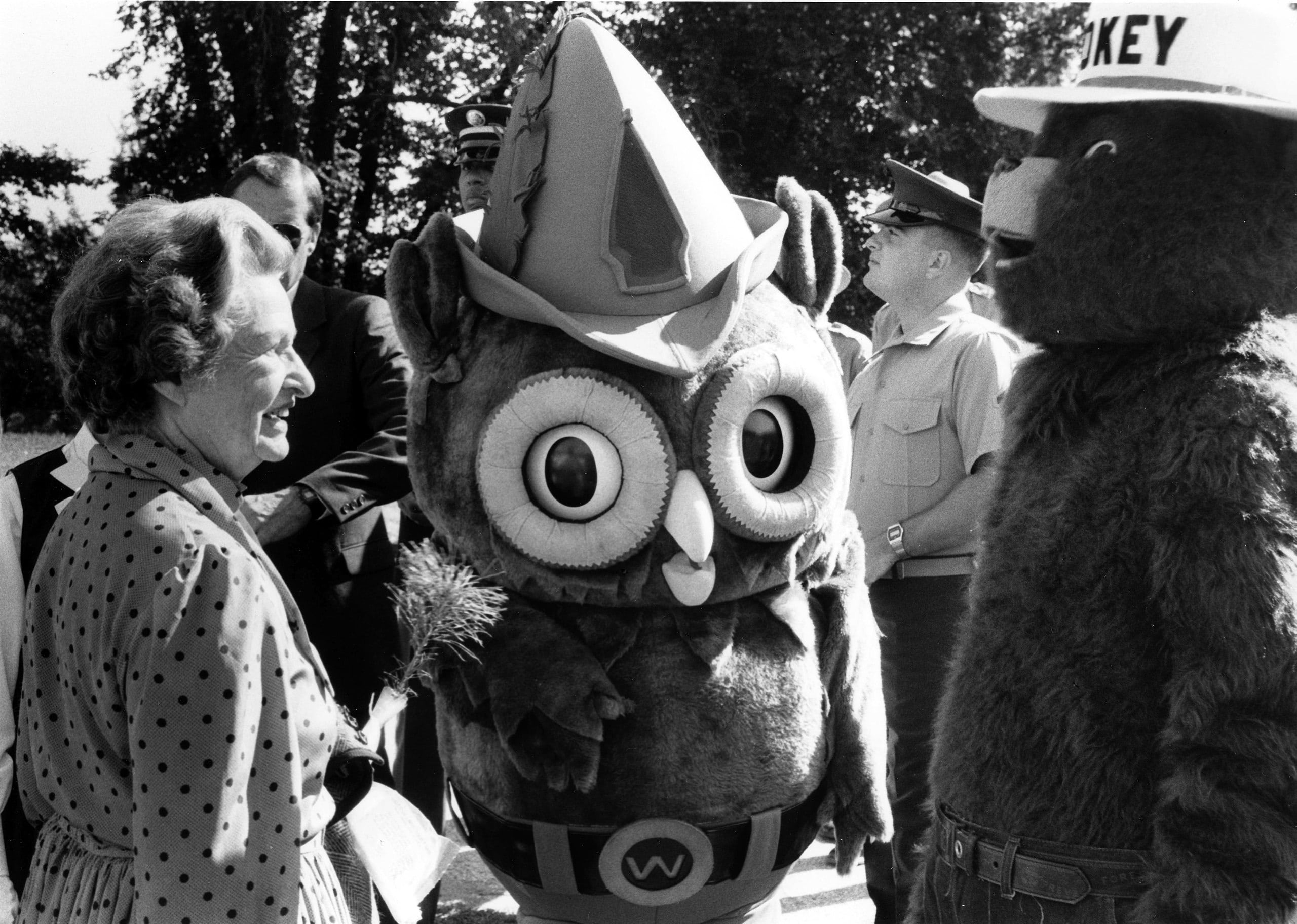
Lady Bird’s efforts to beautify America would move her into the political arena.
The Highway Beautification Act of 1965 became known as “Lady Bird’s Bill.”
Other major legislative initiatives resulting from her efforts included: The Wilderness Act of 1964, The Land and Water Conservation Fund, The Wild and Scenic Rivers Program and many additions to the National Park system, a total of 200 laws relevant to the environment.
3. Richard Nixon – A Republican Advances the Era of Bipartisan Environmental Activism
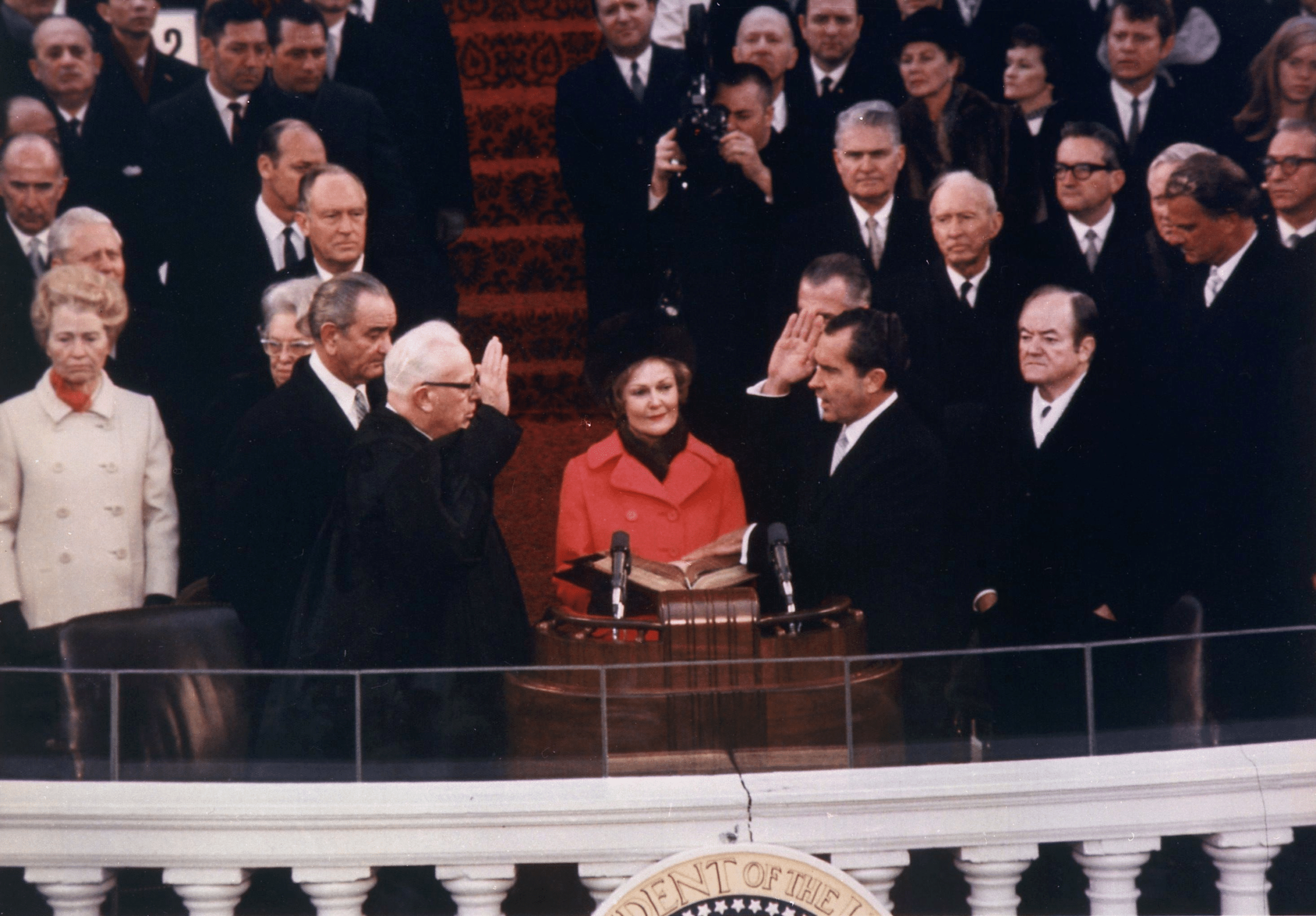
Republican Richard Nixon won the White House in 1968. He came to the presidency just as our nation was embracing the cause of environmentalism.
For the first time since the publication of Carson’s groundbreaking work, the White House changed from a Democratic to a Republican administration. Would this mean an end to environmentalism activism? Not yet!
Richard Nixon surprised his critics. He, too, embraced environmentalism. Nixon, despite being a Republican, didn’t deny science or attack those who were passionate about protecting the planet.
A Republican Who Did A Lot Of Good For The Environment
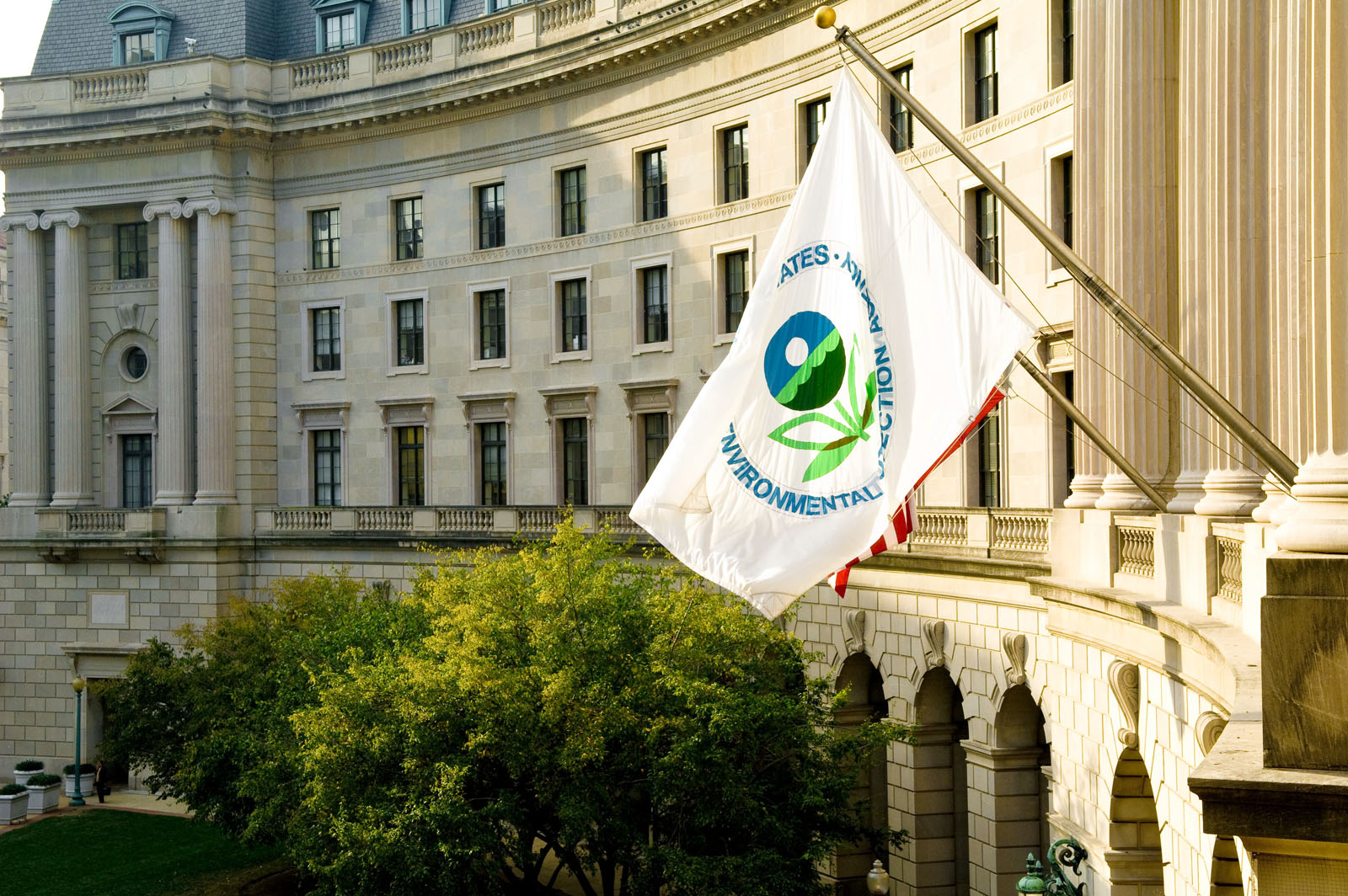
President Richard Nixon, a Republican, did a lot of good for the environment. This included six landmark achievements. First was the National Environmental Policy Act of 1969.
This act required federal agencies to prepare and submit environmental impact statements for most federally funded programs.
Creation Of The Environmental Protection Agency
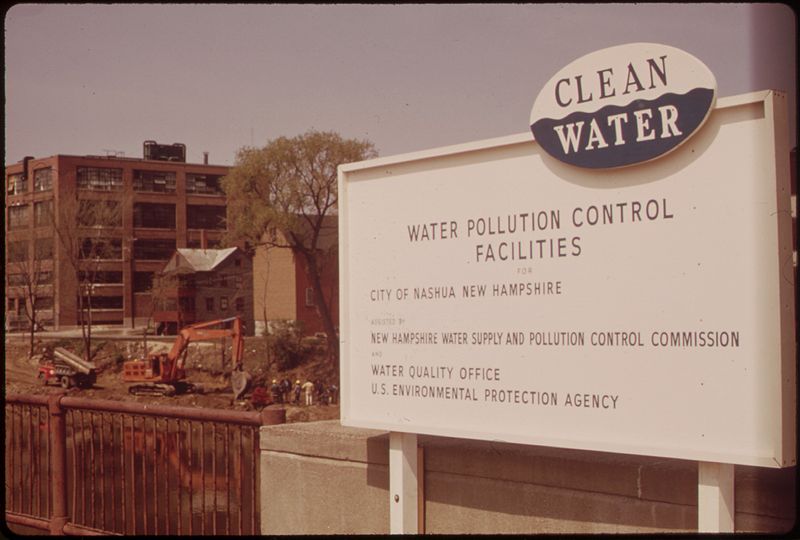
Second came the Creation of the Environmental Protection Agency (EPA) in 1970.
The EPA created and enforced regulations protecting people from airborne pollution known to be hazardous to their health.
Third was the signing into law of an important extension for the Clean Air Act of 1970.
BIPARTISAN ENVIRONMENTAL ACTIVISM
An Unmatched Record Of Environmental Achievement For A Republican President
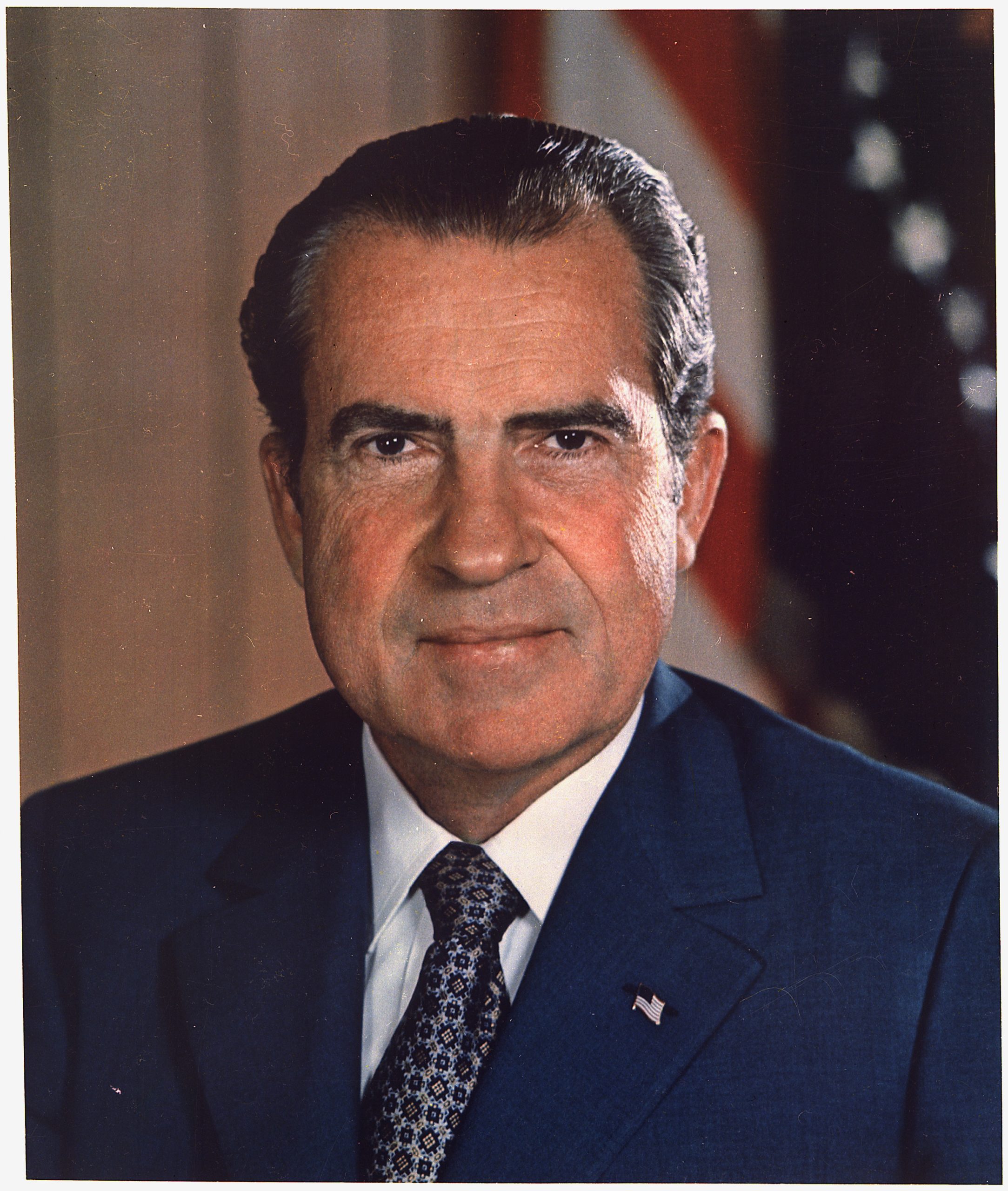
Fourth, Nixon signed into law the Marine Mammal Protection Act of 1972. This was an act protecting dolphins, whales, seals, walruses, manatees, sea otters and polar bears.
Fifth, he signed into law the Endangered Species Act on Dec. 28, 1973.
And sixth, he proposed the Safe Drinking Water Act of 1974, which was later signed into law by his Republican successor, Gerald R. Ford.
“Clean air, clean water, open spaces – these should once again be the birthright of every American.”
-President Richard Nixon
Greatest Environmental President?

Dr. Scott C. Shalaway, a certified wildlife biologist, ornithologist, birder, and nature writer believes Richard Nixon was the Greatest Environmental President of all time.
Shalaway makes a good case for Nixon, citing the creation of the Environmental Protection Agency, Clean Air Act and Clean Water Act as landmark achievements placing Nixon at the top.
“Can you imagine what the air and water in Los Angeles, Chicago, Philadelphia, New York City, Pittsburgh, Cleveland and other major industrial cities would look and smell like today without these laws?”
While Nixon was very good on the environment, we believe that the greatest environmental president was yet to come.
A Raft Of Environmental Legislation
Environmental legislation enacted on Nixon’s watch included: 1969’s National Environmental Policy Act, the Environmental Protection Agency in 1970, and the Clean Air, Clean Water, and Endangered Species acts all passed over the next few years.
4. Gerald Ford Continues Bipartisan Environmental Activism
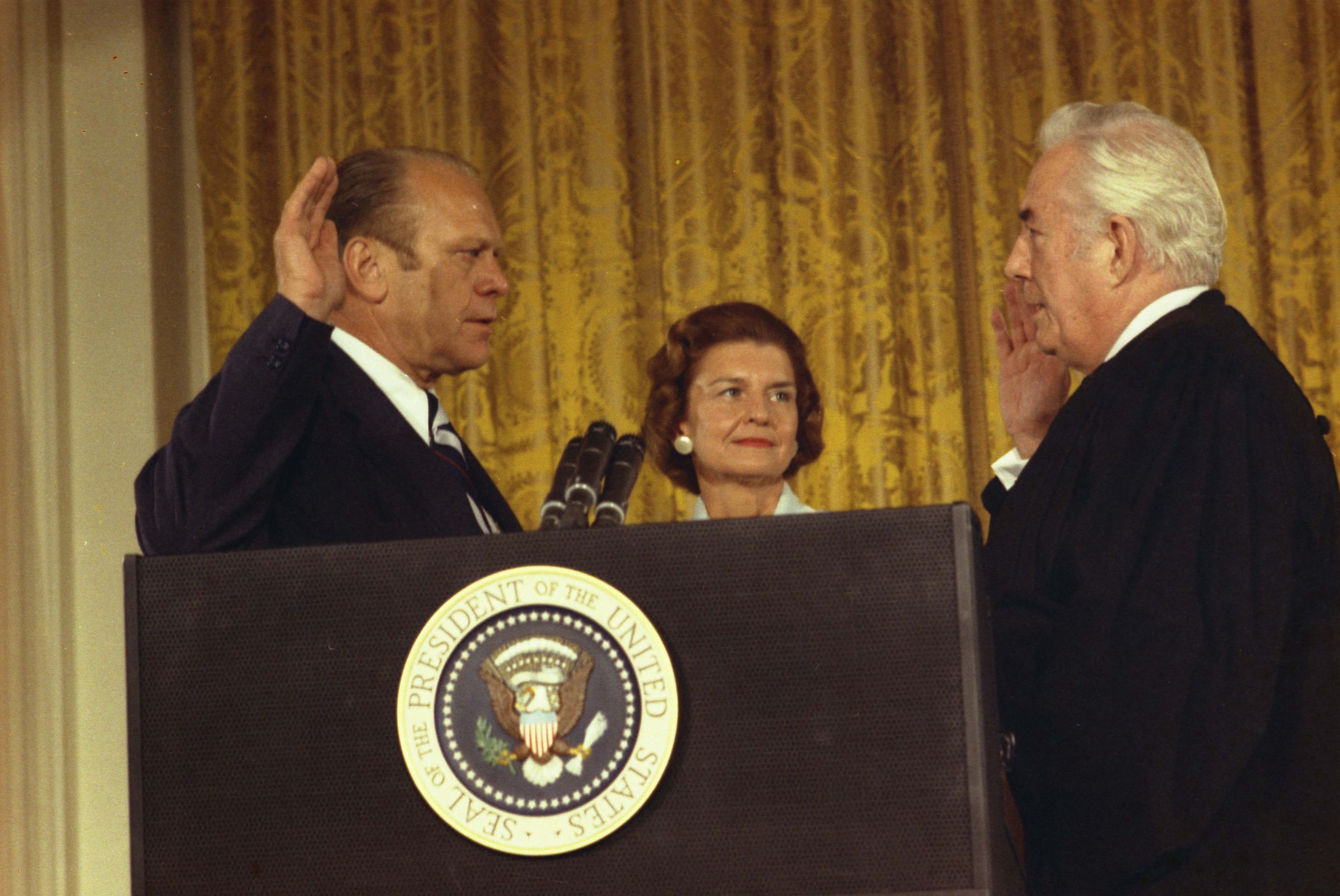
Gerald Rudolph Ford was the only American to become president who was neither elected to the presidency or the vice presidency.
Ford was appointed by Richard Nixon to replace Vice President Spiro Agnew. Agnew had to resign as part of a plea bargain agreement. In 1973, he was investigated by the United States Attorney for the District of Maryland on suspicion of criminal conspiracy, bribery, extortion and tax fraud.
After months of maintaining his innocence, Agnew pleaded no contest to a single felony charge of tax evasion and resigned from office.
The Watergate Scandal led to Nixon’s own resignation. Ford replaced him becoming the nation’s 38th president.
Safe Water Drinking Act Of 1974
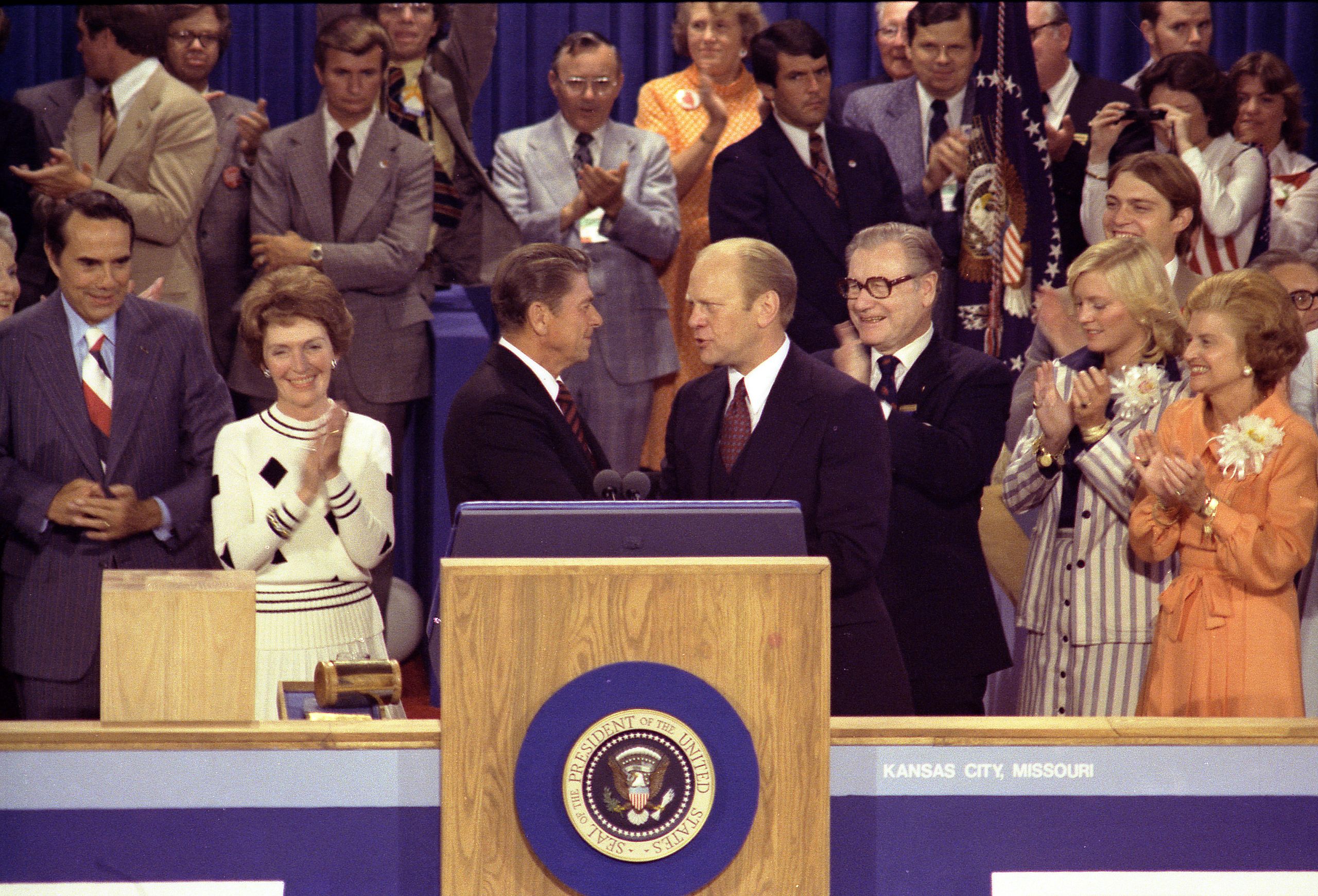
Given his short tenure in office, Gerald Ford did not have the opportunity to build an environmental legacy rivaling that of Richard Nixon or Lyndon Johnson.
Ford did continue the important work of his Democratic and Republican predecessors however. He supported and signed the Safe Water Drinking Act of 1974.
The Resource & Recovery Act & Toxic Substances Control Act
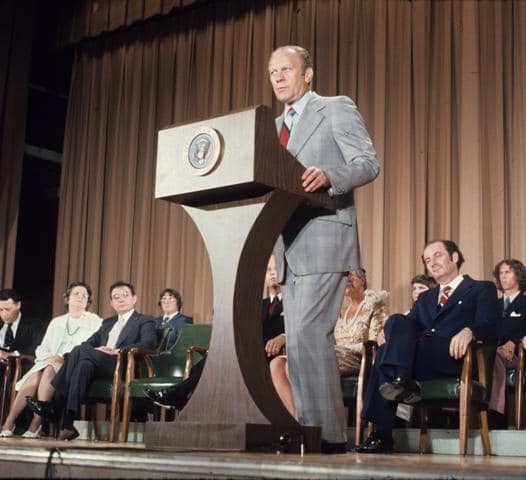
Ford also signed two other important environmental protection bills in 1976.
The Resource Conservation and Recovery Act, which regulated hazardous and solid wastes, and the Toxic Substances Control Act.
Unfortunately, Gerald Ford would be the last Republican President willing to take concrete steps to protect the environment.
Bipartisan Environmental Activism
5. Jimmy Carter & The Golden Age for Bipartisan Environmental Activism
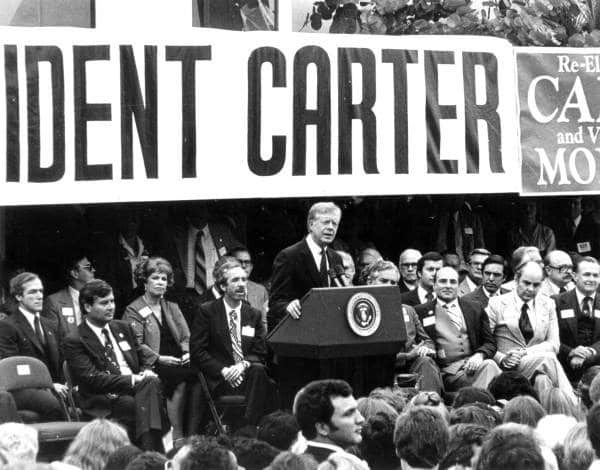
In 1976, Americans chose Democrat Jimmy Carter as the nation’s 39th president. Carter’s Presidency proved to be the high water mark of environmental activism at the presidential level.
More Than Just Parks believes that the twin titles of “Greatest Conservation President” and “America’s Greenest President” go to Jimmy Carter.
And here’s why . . .
RELATED: No, Theodore Roosevelt Was Not The Greatest Conservation President. It Was Jimmy Carter.
Carter Was Focused On The Environment Long Before He Became President
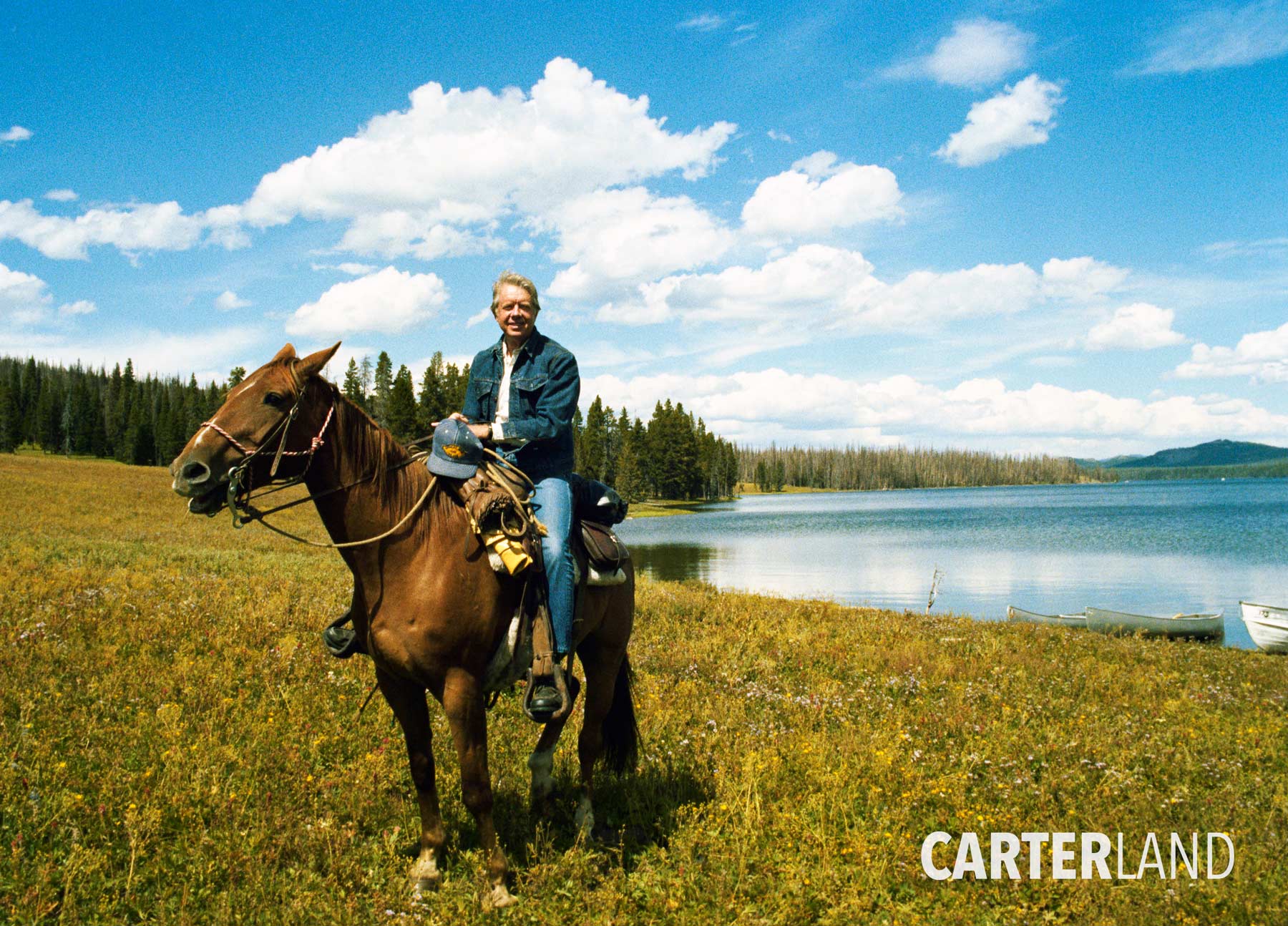
Jimmy Carter championed protecting his state’s natural resources long before he became president.
In this regard, he stands apart from his four predecessors.
The Georgia Conservancy
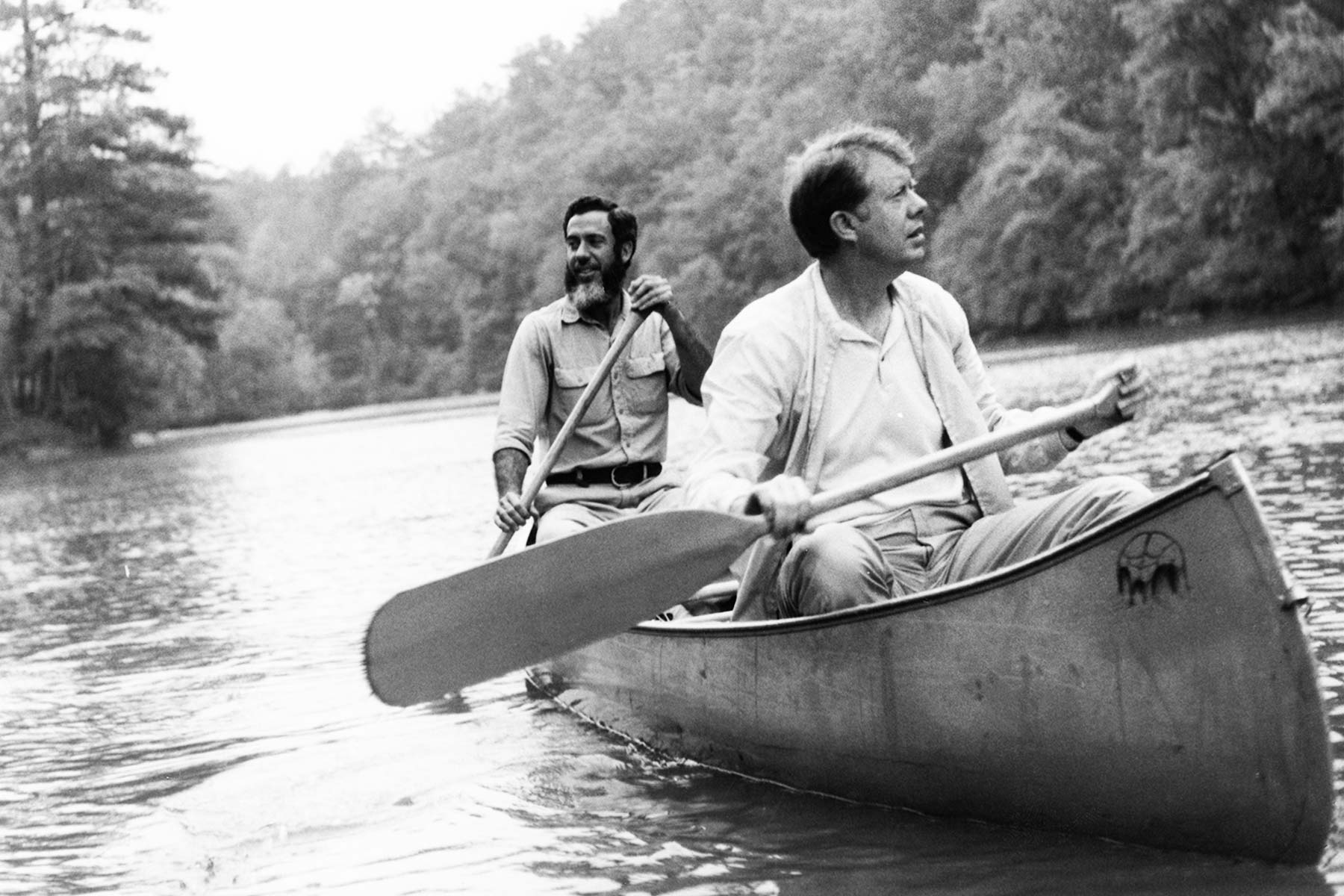
In 1967, alongside leaders in business, government, and academia, Carter, who had served in the Georgia State Senate, lent his support to the creation of the Georgia Conservancy.
“I honestly believe that our greatest potential force for meeting challenges to our environment is in the several thousand highly-motivated and well-educated Georgians who are members of the Georgia Conservancy,” said Carter in his remarks at the 1968 Georgia Conservancy Conference.
The Only Governor Who Vetoed A Dam Project
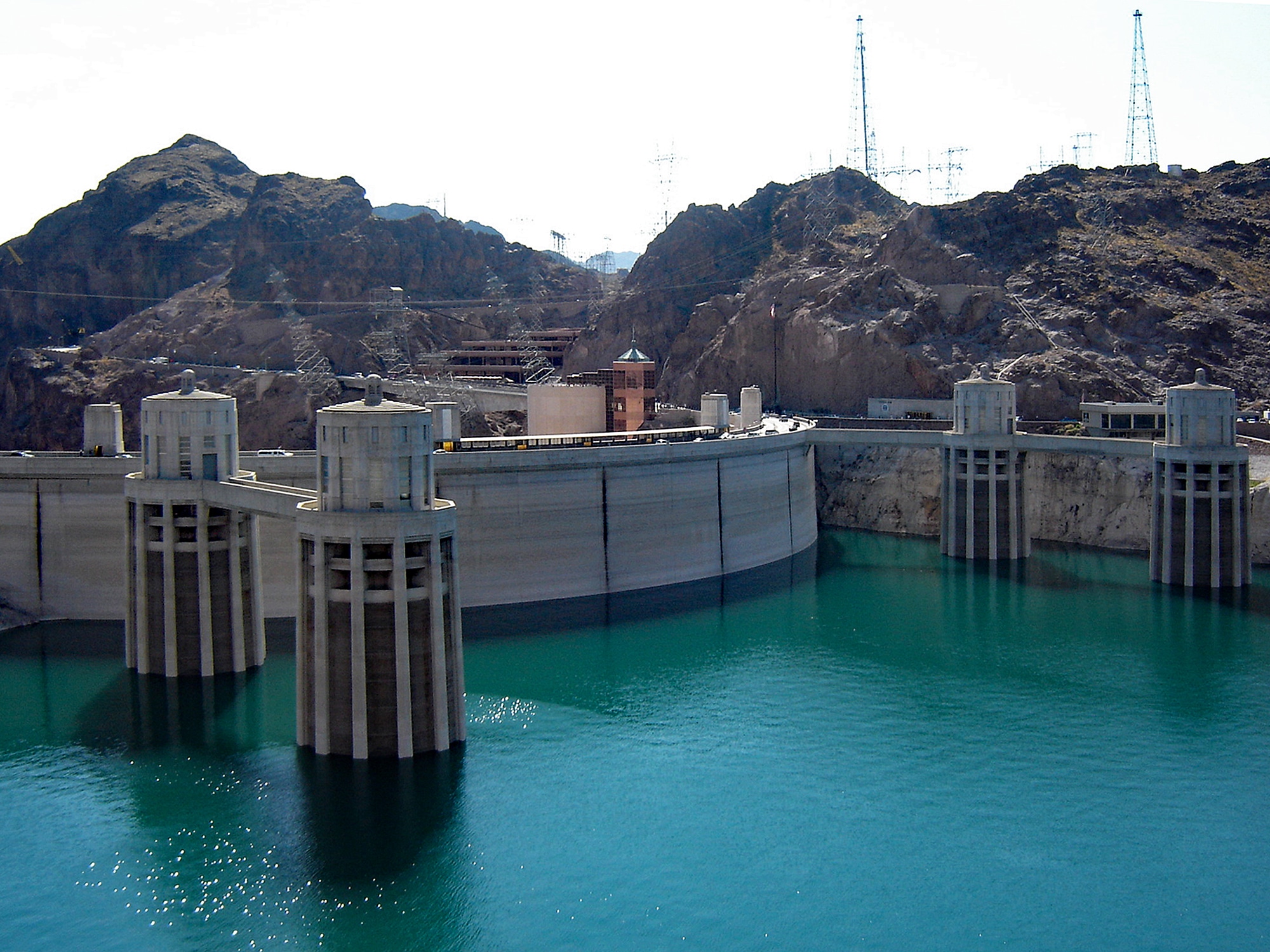
As Governor of Georgia, Jimmy Carter vetoed a federal dam project. As award-winning author and journalist as well as Carter biographer Jonathan Alter noted:
“He [Carter] canceled the Sprewell Bluffs Dam on his 50th birthday, October 1st, 1974, and it was a great birthday present to himself. He thought it was environmentally damaging.” (Source: Carterland)
Today people understand the damage which dams can do to natural ecosystems. They didn’t in the 1970s, but Carter did.
The Greenest President In History
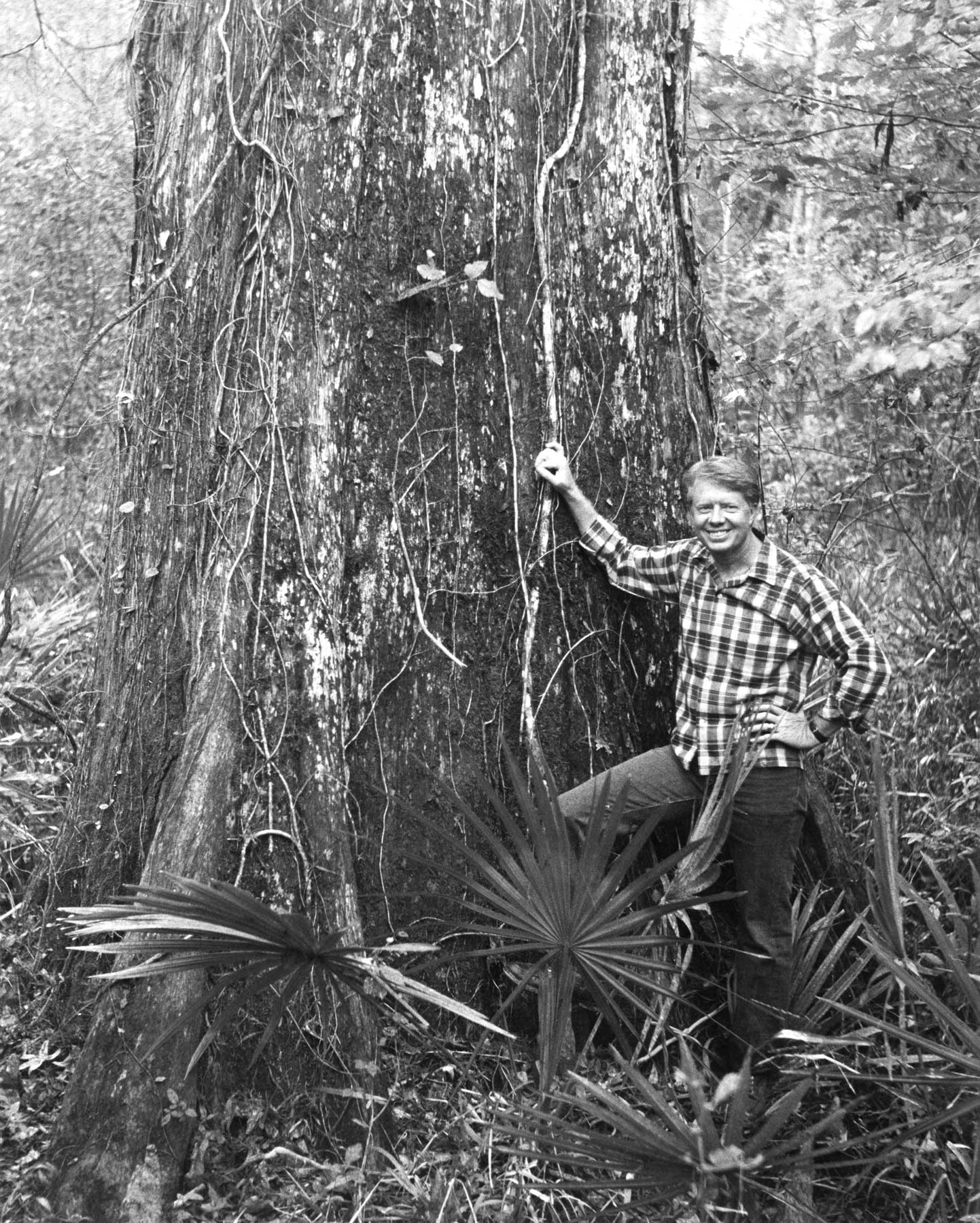
Writing in Nation Swell, Chris Peak posed the question: Which Presidents Are the Greenest in U.S. History?
At the top of his list is Jimmy Carter. Peak concludes that:
“On environmental protection, Carter is our greatest modern president.”
“The first Democratic president since the creation of the EPA, Carter focused on strengthening the agency that would implement his predecessors’ environmental legislation.
-Chris Peak, Nation Swell, Which Presidents Are The Greenest In U.S. History
Even as the economy faltered, the EPA’s coffers enlarged to confront disasters like Love Canal (1978) and Three Mile Island (1979). In 1977, Carter consolidated agencies to form the U.S. Department of Energy.
In the last days of his presidency, during a lame duck session, Carter finally pushed through two major bills: one protected 104 million acres of land in the Alaskan wilderness; the other created the Superfund program, which has cleaned up close to 400 toxic sites.”
RELATED: 13 Reasons Why Jimmy Carter Is America’s Greenest President
Carter Cleared The Bar Set By Nixon

Richard Nixon set a high bar on environmental protection. Jimmy Carter cleared it.
President Carter’s historic environmental achievements include: addressing an energy crisis, advocating for renewable energy, protecting public lands, which included coastal areas, swamps, waterways wetlands and woodlands.
The Largest Single Protection Of Public Lands In History

With the Alaska National Interest Lands Conservation Act (ANILCA), Jimmy Carter protected over 157 millions acres. This was the single largest protection of public lands in our nation’s history.
Future generations of conservation leaders must remember that we are stewards of a precious gift, which is not an unpleasant duty, but rather an exciting challenge.
-President Jimmy Carter
We must safeguard our land so that our children and grandchildren can enjoy freshwater, clean air, scenic mountains and coasts, fertile agricultural lands, and healthy, safe places to live and thrive.
The Impact of the Love Canal Toxic Waste Crisis
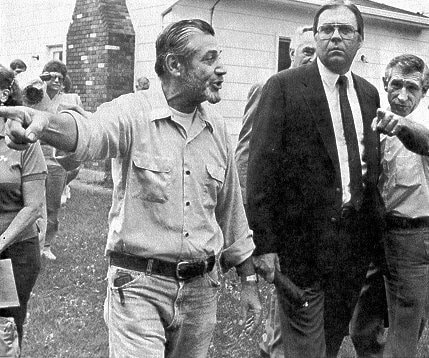
Love Canal, located in Niagara Falls, New York, became the site of an environmental disaster as it was discovered that decades of dumping toxic chemicals had harmed the health of hundreds of residents
In response to this crisis, President Carter signed into law the Comprehensive Environmental Response, Compensation, and Liability Act (a.k.a. Superfund) in 1980.
Carter’s solution was not merely to address the Love Canal Crisis, but to address the crisis posed by every toxic waste site across America. For him, it was not about good politics, but good policies.
The Impact Of The Superfund

The Environmental Protection Agency has spent $14.9 billion on the the Superfund Program since 1980 and cleaned up almost 100 hazardous waste sites.
“The Superfund legislation… may prove to be as far-reaching and important as any accomplishment of my administration.
-President Jimmy Carter
The reduction of the threat to America’s health and safety from thousands of toxic-waste sites will continue to be an urgent issue.”
The Carter Administration Rewrote The Rules Governing Nuclear Power
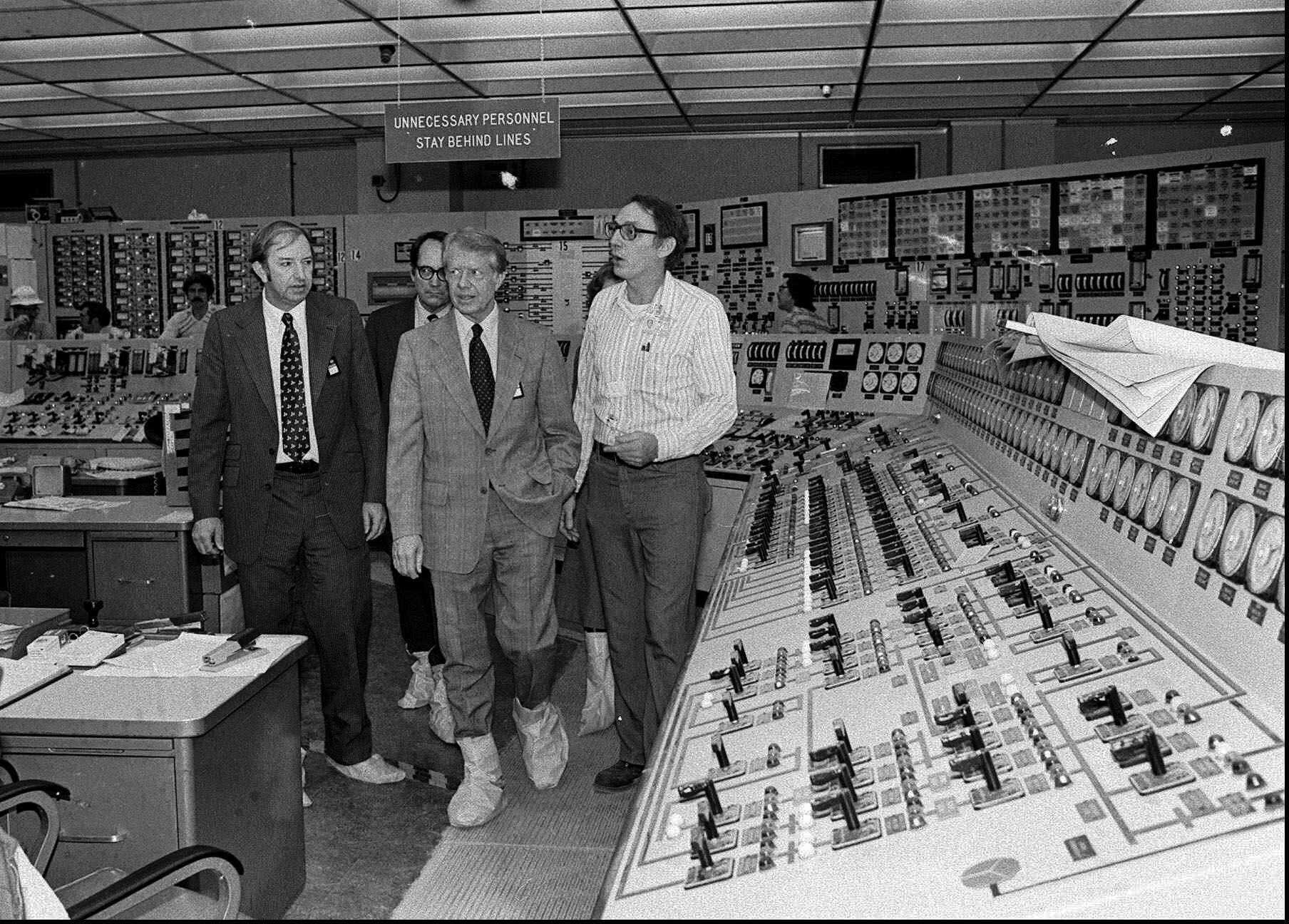
The Three Mile Island Unit 2 reactor, near Middletown, Pa., partially melted down on March 28, 1979. This represented the most serious accident in U.S. commercial nuclear power plant operating history.
The Carter administration was the first to rewrite the regulations which governed the nuclear power industry. More stringent standards meant a reduced likelihood that future accidents would occur as subsequent history has demonstrated.
Once again, President Carter strove for a comprehensive solution to a dangerous problem as opposed to simply settling for a good political sound bite.
Carter Was The First Leader To Acknowledge The Looming Threat Of Climate Change
Gus Speth co-founded the Natural Resources Defense Council and served as Jimmy Carter’s Council on Environmental Quality Chairman.
In the documentary CARTERLAND, Speth states:
“Carter was really the first one to acknowledge the seriousness of the climate threat at the presidential level.”
The Guardian went further in a story headlined, “Decades ahead of his time’: history catches up with visionary Jimmy Carter.” The article goes on to state:
“He was not afraid to make unpopular moves, or ask for personal sacrifice. He was old-fashioned and a futurist, and nowhere did his futurism matter more, or seem more prescient, than on climate and conservation. He risked speaking directly to the American public, and asking them to do a difficult thing – focus on renewable energy and reduce reliance on oil.”
“If there is a gene for duty, responsibility and the will to tackle messy problems with little or no potential for political gain, Jimmy Carter was born with it.”
-Jonathan Alter, author of His Very Best: Jimmy Carter, a Life
The Greatest Existential Threat Of The 21st Century
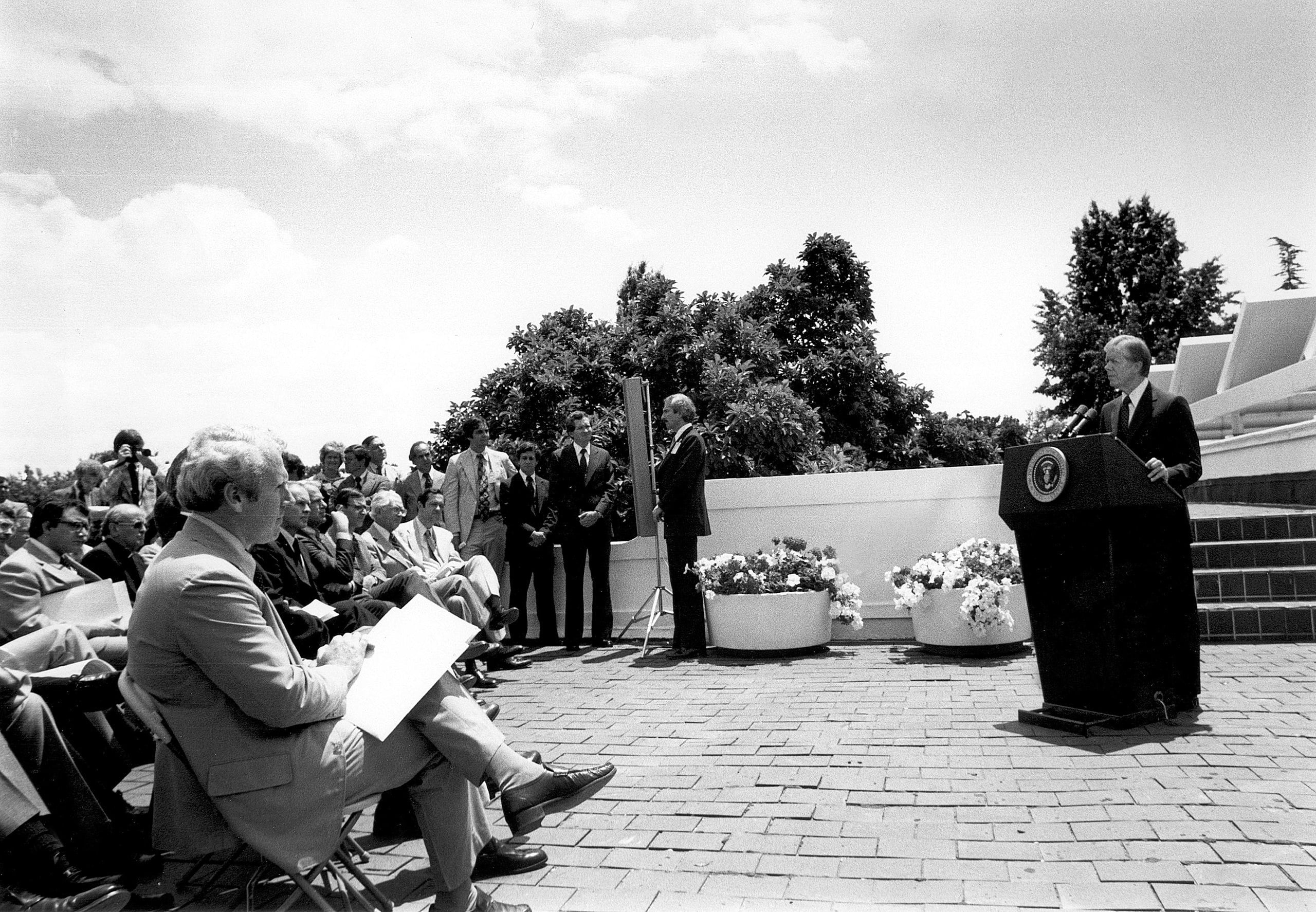
Climate Change has been acknowledged as the greatest existential threat confronting humankind in the 21st century. Jimmy Carter wanted to do something about it over forty years ago.
“Carter was our only president who had a visceral environmental and ecological attachment. That was part of his being,” Gus Speth says. “We had an opportunity in 1980 – but we’ve lost 40 years in the pursuit of a climate-safe path. We can no longer avoid serious and destructive changes, period. That didn’t have to happen.” (Source: The Guardian)
RELATED: George Perkins Marsh-The Father Of Climate Change
He Put Solar Panels On The White House Roof

Jimmy Carter led by example. In an effort to move America towards clean, renewable sources of energy, he put solar panels on the roof of the White House.
He also presented an ambitious plan to put the entire country on a path towards a clean energy future. His plan was for 20 percent of America’s energy to come from renewable sources by the year 2000.
“A generation from now, this solar heater can either be a curiosity, a museum piece, an example of a road not taken, or it can be a small part of one of the greatest and most exciting adventures ever undertaken by the American people.”
-President Jimmy Carter’s Solar Panel Speech
Part of his idea was to go far beyond simple hot water solar collectors and direct government research funds towards the development of photovoltaic cells, the kind that could put energy into the grid.
The point of all this was simple, Carter said. America was to harness “the power of the sun to enrich our lives as we move away from our crippling dependence on foreign oil.”
Unfortunately, much of America’s fledgling solar industry, which began under Jimmy Carter, went dark under his successor.
“The reality is that America allowed the Jimmy Carter solar panels – and all they represent – to be broken.
-John Wihbey, Jimmy Carter’s Solar Panels: A Lost History That Haunts Today
And the result is not only the continued dependence on foreign oil that Carter and others since him have sought in vain to avoid, but a lack of competitiveness in the basic business of capitalism and green innovation, what many now expect is the new frontier in global growth.
Because of good long-term subsidies, Japan and Germany now command 70 percent of the world’s solar energy market, according to the book Earth: The Sequel, co-authored by Fred Krupp, president of the Environmental Defense Fund. China and Israel are also leading the way in terms of widespread use of solar hot water.”
Bipartisan Environmental Activism
Global 2000 Report | A Roadmap For The Paris Climate Agreement
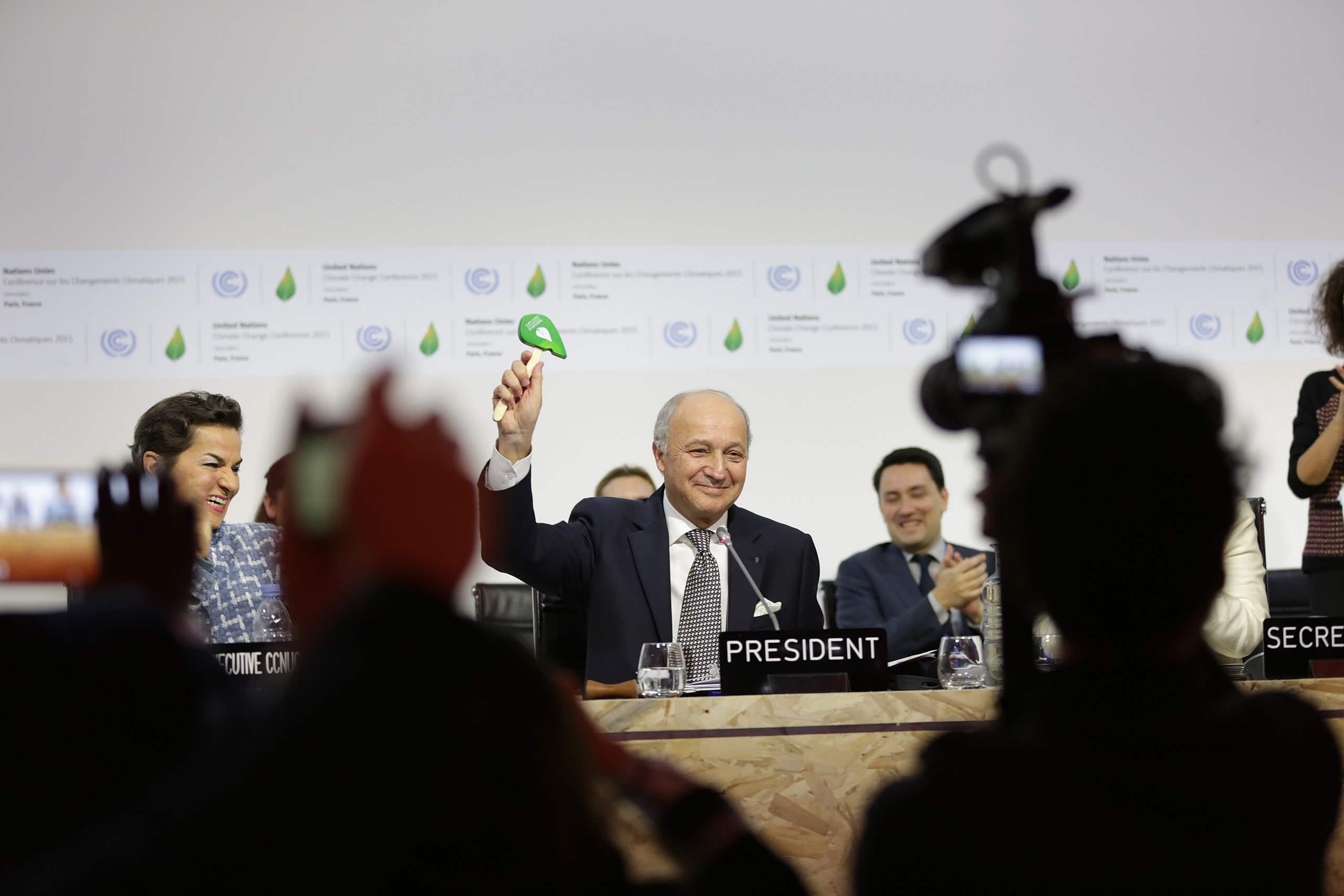
Gus Speth notes, “We asked the President to do a big report on what the country might look like in the year 2000, twenty years down the road, if we didn’t respond to global scale challenges in environment and resources and population.
In 1980, we released the Global 2000 Report and it was an eyeopener. It really gave birth to this international environmental agenda.”
(Source: Gus Speth, Carterland)
“One can long for the days of a Jimmy Carter. A selfless public servant who told people the truth and had a vision about America the Beautiful.
-Douglas Brinkley, Carterland
One where we protected our waterways and our woodlands and our wetlands and swamps and coastal areas.
We have not had a president since Carter that prioritized conservation. That made it one of their number one things.”
The Right Thing Versus The Political Thing
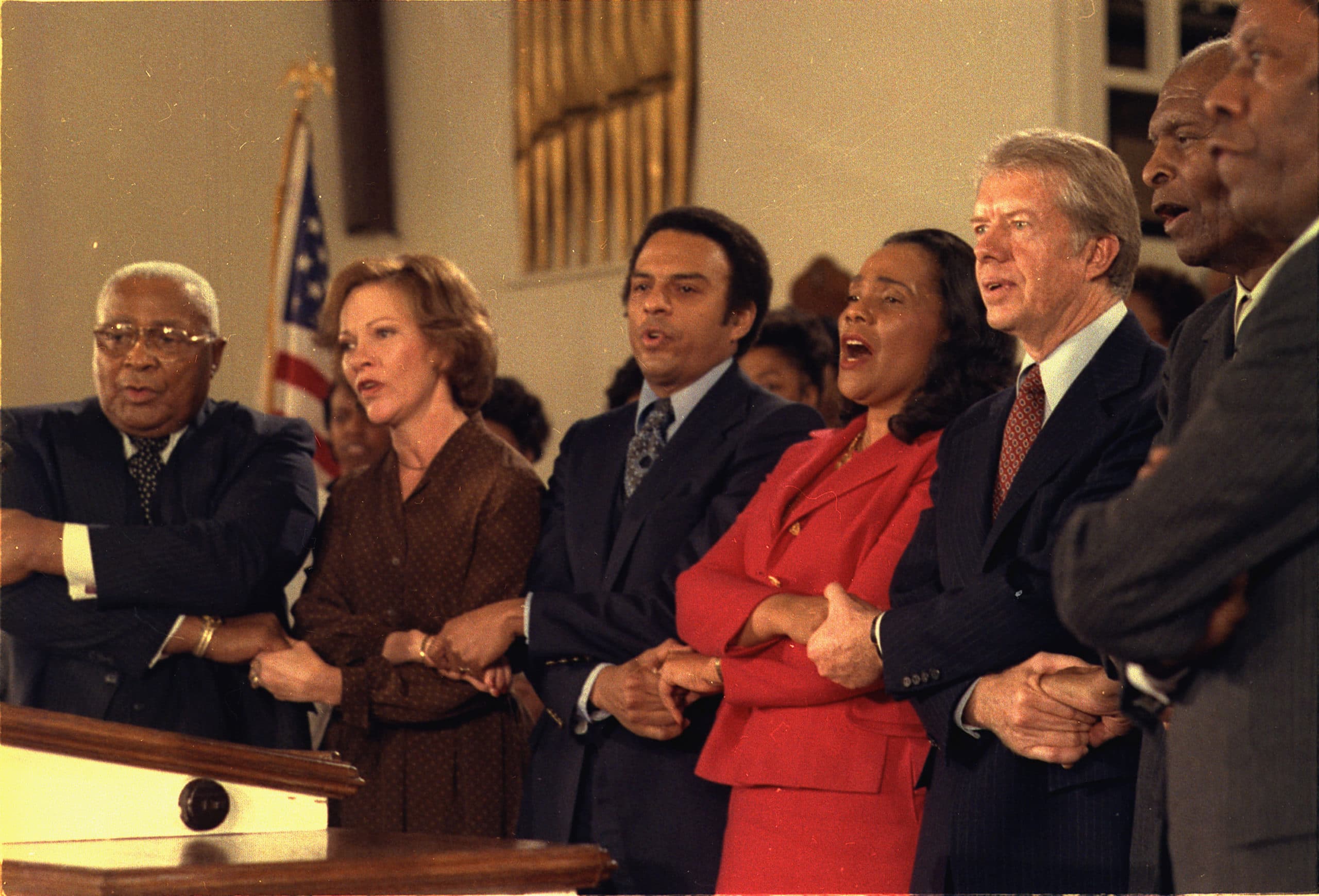
In Carterland, former Civil Rights leader & United Nations Ambassador, Andrew Young, said that Jimmy Carter was dedicated to doing the right thing irrespective of the political costs.
As Young noted, “Re-election wasn’t his issue. His issue was what is best for the United States of America and he remained true to that. He was single-minded.”
The President Who Wanted Us To Stop Climate Change
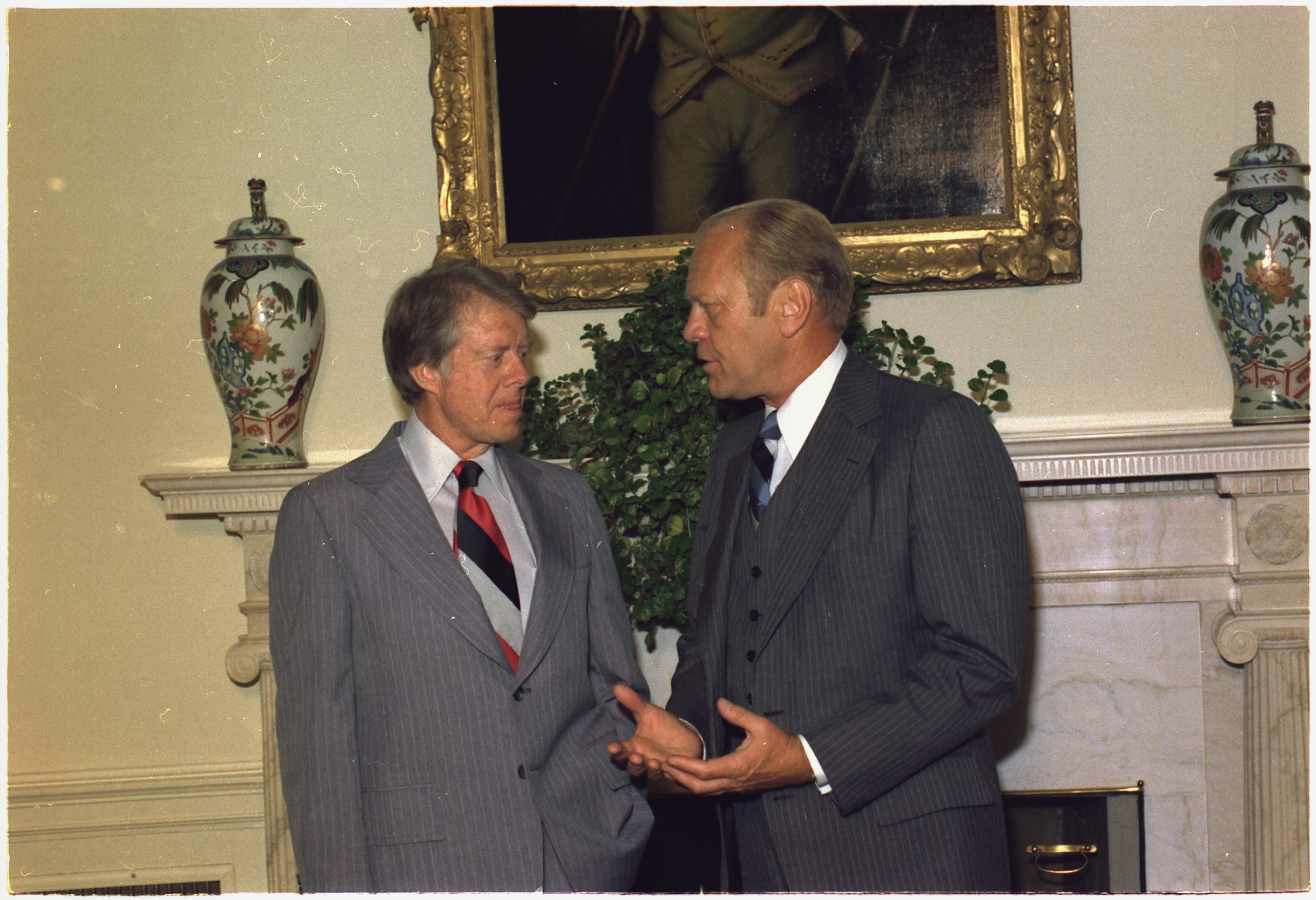
Ellin Stein, writing in Slate Magazine, calls Jimmy Carter, “The President Who Wanted Us to Stop Climate Change.” Stein views Carter’s election as the culmination of a growing bipartisan consensus on tackling climate change.
She writes, “If only we’d listened to Jimmy Carter on renewables, consumption, and transportation. He was reflecting the political mainstreaming of a movement that had been gathering momentum throughout the ’70s.“
“He was one of the great environmental presidents in the whole history of the United States.”
-Jonathan Alter, author of His Very Best: Jimmy Carter, A Life
Asking People To Make Sacrifices
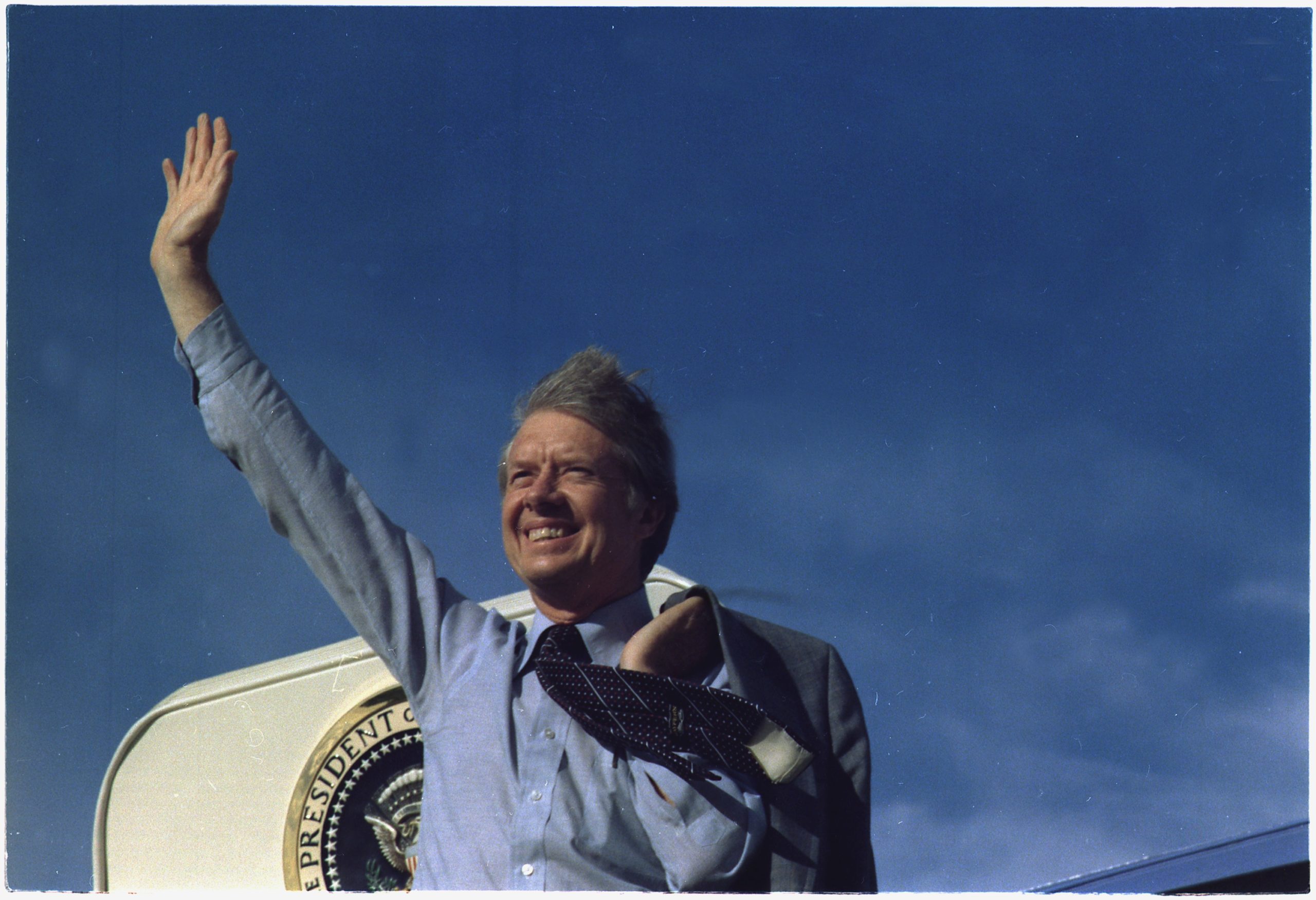
Jimmy Carter delivered the most important speech of his presidency on July 15, 1979.
He believed Americans couldn’t solve the energy crisis if they didn’t move beyond their own self interest and instead embrace a common good.
A Sense Of Shared Purpose
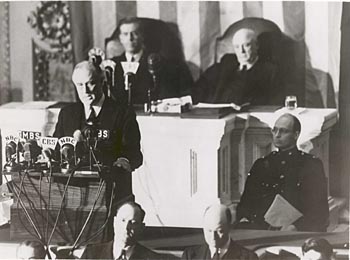
Jimmy Carter appealed to a sense of shared purpose. He called on Americans to unify themselves around a sense of shared purpose, as they did during a war.
His speech is reminiscent of Franklin Roosevelt in 1941 when he spoke of the sacrifices necessary to “gain the inevitable triumph.”
Or John F. Kennedy in 1961 when he said, “Ask not what your country can do for you. Ask what you can do for your country.”
Carter struck a similar chord in 1979 saying, “Every act of energy conservation is more than just common sense — I tell you it is an act of patriotism.”
“In a nation that was proud of hard work, strong families, close-knit communities and our faith in God, too many of us now worship self-indulgence and consumption.”
-President Jimmy Carter, Speech on July 15, 1979
Bipartisan Environmental Activism
There Are Two Paths To Choose
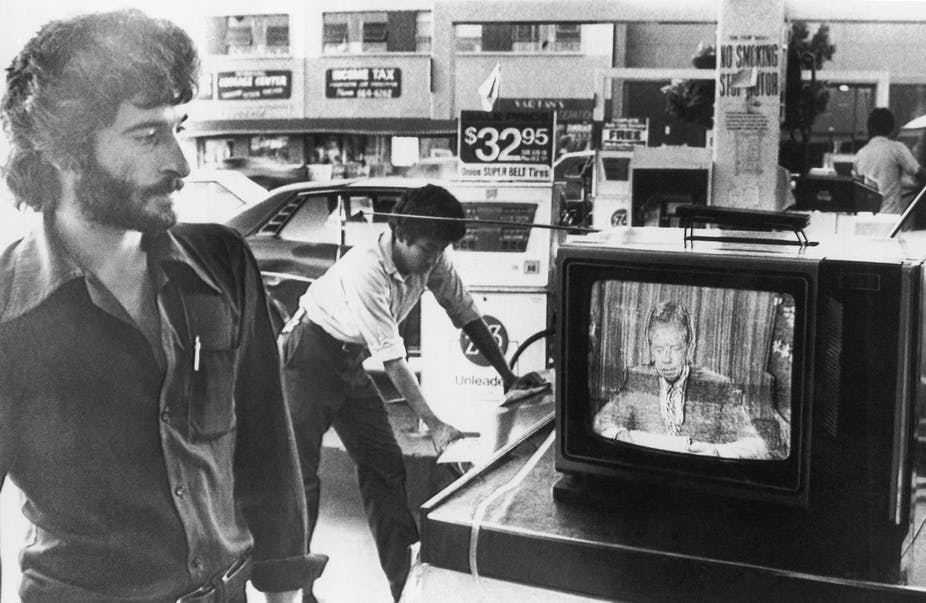
Carter thought of himself as a moral leader and not just a politician. He believed Americans couldn’t solve the energy crisis if they didn’t move beyond their own self interest and embrace a common good.
In his speech, he warned of two paths. Let’s consider the first path.
“We are at a turning point in our history. There are two paths to choose. One is a path I’ve warned about tonight, the path that leads to fragmentation and self-interest.
-President Carter
Down that road lies a mistaken idea of freedom, the right to grasp for ourselves some advantage over others. That path would be one of constant conflict between narrow interests ending in chaos and immobility. It is a certain route to failure.”
As partisanship reigns supreme today with politicians eager to gain popular support by championing dangerous ideas and divisive causes one would have to conclude that the first path was the one Americans opted to take.
The Untimely Death Of The Bipartisan Era Of Environmental Activism
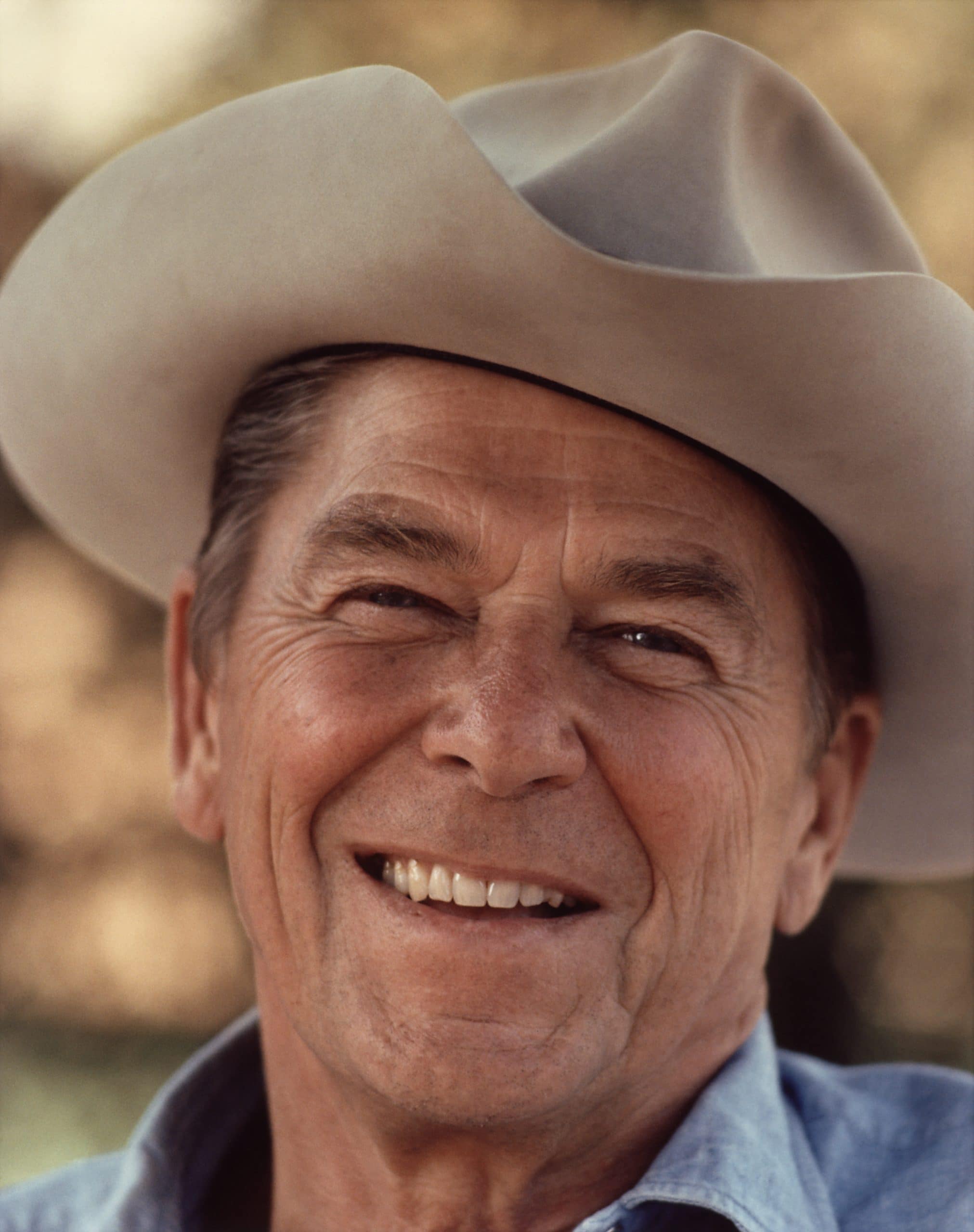
With the 1980 election of Ronald Reagan, the bipartisan era of environmental activism came to an abrupt end.
In one of his earliest public pronouncements on the environment, Reagan claimed [incorrectly] that trees cause pollution.
Many environmentalists insist his administration’s environmental record will be remembered as one of the worst of any modern presidency.
“His [Reagan’s] campaign demonstrated many of the facets of the emerging conservative politics of the environment:
–James Morton Turner & Andrew C. Isenberg, The Republican Reversal: Conservatives And The Environment From Nixon To Trump
a defiance of fact-based science and a reflexive view that government regulation was both laughably ineffective and, in its restraint of the market, an affront to property rights and entrepreneurialism.
Reagan paid no price at the polls for his hostility to the concerns of environmentalists: he received 51 percent of the popular vote for president.”
A Playbook For Future Republican Presidents
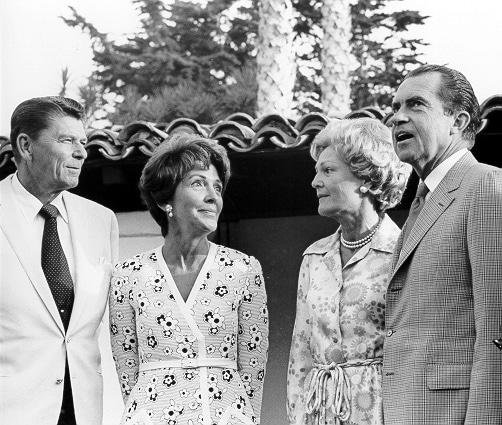
The New York Times looked back on Reagan’s environmental record and reported that he was “lax in enforcing antipollution laws and promiscuous in making public lands and resources available to profit-making corporations.
His administration cut off much needed funding for environmental and conservation agencies. These agencies were politicized and their staffs were demoralized.”
Reagan’s actions served as the “playbook” for future Republican administrations.
“A Republican president established the EPA, but a subsequent Republic president, Reagan, perpetually opposed legislation that enhanced the quality of the public’s safety under the EPA by favoring businesses and polluting industries that continually threatened the environment with increased carbon emissions and chemical effluents in waterways.
–Don Sharpes, White House Studies, Vol. 14, Issue 1
That conservative strategy did not change over the succeeding decades. This mission of reducing or eliminating government regulations, especially within the EPA, was expanded during the Trump Administration.“
George H.W. Bush | The Lost Opportunity
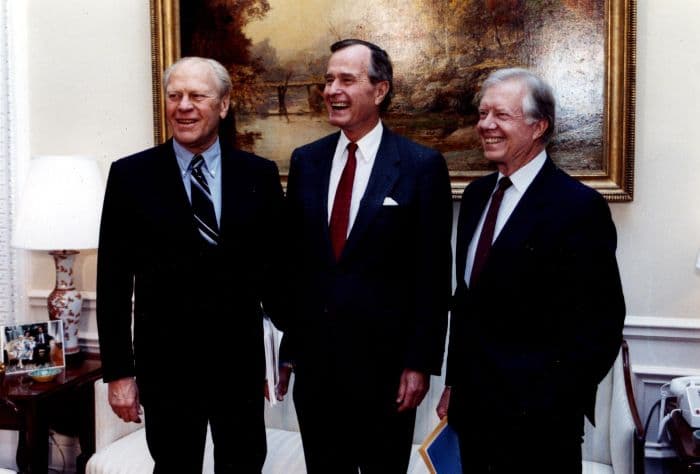
After taking office, George H.W. Bush was visited by former Presidents Gerald Ford and Jimmy Carter.
Nathaniel Rich reports in Losing Earth, that the two former presidents, one a Democrat and the other a Republican, presented Bush with the “American Agenda,” a year-long, bipartisan report on the challenges facing the country.
The report recommended making climate change a major national priority and doubling the EPA’s research budget. “Americans,” the former presidents said, “should no longer see environmental issues simply as a luxury.”
Bush ignored the report.
Bush The Environmentalist?
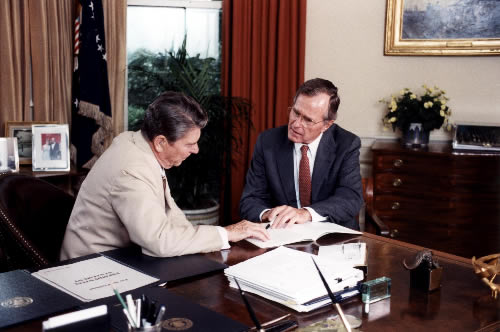
Bush, who had campaigned as an environmentalist, had a historic opportunity to take decisive action on climate change.
“I am an environmentalist.“
-Vice President George H.W. Bush in 1988 campaigning for the presidency on a five-state environmental tour
“In my first year in office, I will convene a global conference on the environment at the White House,” Bush said at the Lake Erie Metropark in 1988, adding that he would invite the Chinese, the Soviets and officials from emerging economies.
John Sununu, the President’s Chief of Staff, however, had other ideas.
Sununu was more interested in those who rejected the emerging climate science, including a number of researchers who have continued to battle against consensus science today. Sununu ran his own rudimentary climate models and said that scientists were wrong.
So, for all his talk, Bush’s climate legacy is that he walked away from pushing a policy that would restrict greenhouse gases at the very moment that the top scientists in the world were saying it posed a crisis for humanity. (Source: ClimateWire)
A Historic Opportunity Was Lost
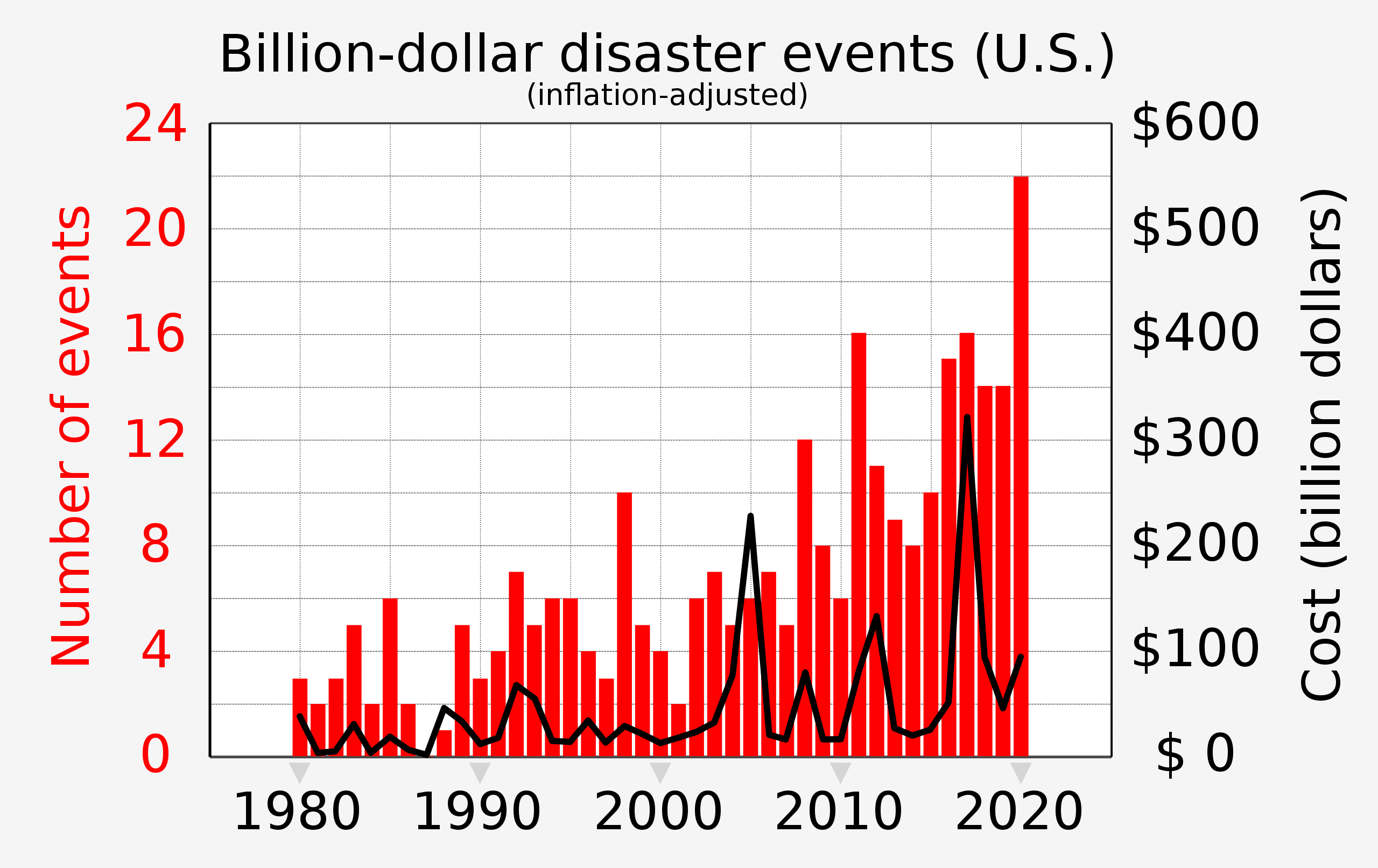
The United States had a historic opportunity to use its unique position as a global superpower to commit the world to fighting climate change by setting ambitious CO2 reduction targets.
Regrettably, the United States failed the test of global leadership.
As ClimateWire noted, “At the start of the George H.W. Bush presidency, the Republican Party fretted about the dangers of climate change. By the end, it was focused on doubt and inaction.”
The Bush presidency was a “debate over denialism in microcosm,” said Jerry Taylor, president of the Niskanen Center and a former climate skeptic who now works to convince conservatives about the dangers of climate change.
“The GOP during the Bush presidency pivoted from a position of being torn on how to respond to climate change,” Taylor said. “This issue could have gone either way, but we know which way it went. The party could have been on climate change where the party is on acid rain, which is accepting it as a real thing and with some responsibility for a government response and total peace with the decision.”
Bill Clinton & Environmental Justice
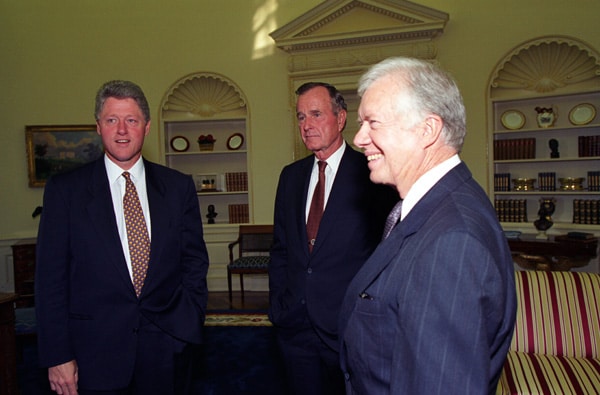
Environmental policies accounting for social justice became a focal point of Bill Clinton’s environmentalism.
Executive Order #12898, instructed federal agencies to pursue environmental justice policies that would limit the “disproportionately high and adverse” effects of environmental harms on low-income communities and people of color.
Unfortunately this call for “environmental justice” would be ignored by Clinton’s successors leading to the tragedy of Flint, Michigan.
The Tragedy Of Flint, Michigan
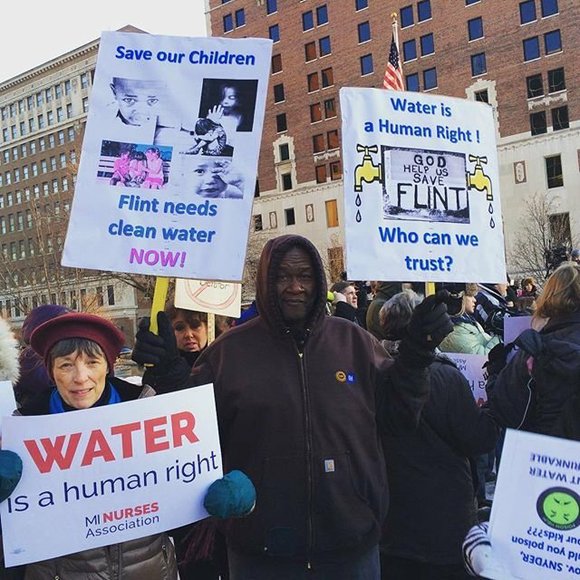
In April 2014, an ill-fated decision to switch water sources triggered a series of governance and infrastructure failures that contaminated drinking water in Flint, Michigan’s seventh largest city, with high levels of lead. That was seven years ago. How do things stand today?
Natasha Blakley, in her article of October 2021, noted, “Although it’s been seven years since the Flint water crisis became one of the state’s biggest public health disasters, Flint’s struggle with both the repercussions of the initial incident and with getting clean water have not ended. The court cases continue to unfold, and the city slowly replaces its lead lines.”
George W. Bush & More Promises Not Kept
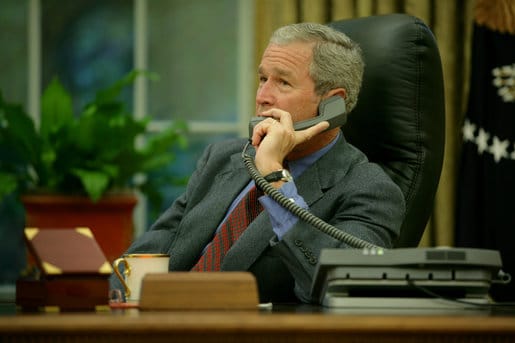
George W. Bush, in his 2000 presidential campaign, promised to regulate and reduce carbon emissions. As President, however, he governed far differently.
“The early Reagan administration (1981–1983) launched an overt attack on the EPA, combining deregulation with budget and staff cuts, whereas the George W. Bush administration (2001–2008) adopted a subtler approach, undermining science-based policy.”
–American Journal Of Public Health, April 2018
The Republican Reversal
Like all of his Republican predecessors going back to Ronald Reagan, George W. Bush ignored the looming climate threat.
As a former oilman, Bush continued efforts to eliminate safety regulations and open up more public lands for coal, natural gas and oil interests.
According to the Sierra Club, “The Bush administration has introduced this pervasive rot into the federal government which has undermined the rule of law, undermined science, undermined basic competence and rendered government agencies unable to do their most basic function even if they wanted to.”
Environmental organizations concluded that the Bush years represented a concerted assault, from the administration’s undermining of the science on climate change to its dismantling of environmental safeguards to its support for mining and oil interests.
“He [George W. Bush] has undone decades if not a century of progress on the environment,” said Josh Dorner, a spokesman for the Sierra Club, one of America’s largest environmental groups.
-The Sierra Club
Bipartisan Environmental Activism
The Obama Respite Was Short-Lived

Environmental organizations would hail the election of Barack Obama. Their heartfelt hope was that these destructive environmental policies would be reversed.
The Environmental Defense Fund cites ten environmental achievements of the Obama Administration.
These include: 1. National climate progress, 2. An international climate agreement, 3. Pollution limits for power plants, 4. Reducing air pollution from oil and gas operations, 5. Cleaner cars and trucks, 6. Clean energy investment, 7. Chemical safety, 8. Sustainable agriculture, western water, and endangered species, 9. Fisheries rebound and 10. Protecting our natural heritage.
As President, Barack Obama committed the United States to participation in the Paris Climate Accords. He also preserved 260 million acres for future generations, more than any of his predecessors, by designating 19 national monuments.
Unfortunately, with the Republican Party having turned its back on environmentalism, all of these achievements and all of this progress would soon be undone by Obama’s Republican successor.
The worst was yet to come.
Nearly Everything We Knew Was Known By 1979

Nathaniel Rich, author of the book Losing Earth, was interviewed for the documentary Carterland. He said, “Nearly everything we understand about global warming was understood in 1979.”
Rich refers to the old Soviet tradition of ordering scientists to change their studies to conform to the regime’s politics.
By 2017, this totalitarian practice would come to America.
The Trump Administration ordered the Environmental Protection Agency to remove any mention of the term “climate change” from its website.
So What Happened to All That Awareness?
Republicans took pride in their party’s tradition of environmental leadership. In the late 1960s and early 1970s, the GOP helped to create the Environmental Protection Agency, extend the Clean Air Act, and protect endangered species. Then that all changed.
The rejection of reason–the molten core of denialism–opens the door to the rejection of morality, for morality relies on a shared faith in reason. Actions to hasten carbon dioxide emissions are the ineluctable corollary of climate denialism.
-Nathaniel Rich, Losing Earth: A Recent History
Once it becomes possible to disregard the welfare of future generations, or those now vulnerable to flooding or drought or wildfire–once it becomes possible to abandon the constraints of human empathy–any monstrosity committed in the name of self interest is permissible.
Attacking Environmentalism Became Good Politics
James Morton Turner and Andrew C. Isenberg attempt to answer the question of what happened to the Republican commitment to the environment in their book titled, “The Republican Reversal: Conservatives and the Environment from Nixon to Trump.”
In it, Morton and Isenberg write, “The economic anxieties of the 1970s presented conservatives with an opportunity to accomplish what had long eluded them: win the White House. Republicans began reversing many of their positions on environmental protection.
Reagan, largely focused on the toxicity of government regulation and the blessings of American free enterprise, added caustic dismissals of environmental regulation to his campaign speeches, inaugurating a new partisan era of environmental politics.”
Like the second Bush administration, the Trump administration has tried to control and manipulate the EPA’s use and dissemination of science.
–American Journal Of Public Health, April 2018
It has removed or obscured information about climate change from Web sites, dismissed scientific advisory panels, blocked scientists who receive EPA grants from advisement, and put a political appointee in charge of scientific grants.
Welcome To The Partisan Era Of Environmental Politics
Notwithstanding President Trump’s claims to want “crystal clean water and the cleanest and the purest air on the planet,” his administration reversed over 100 environmental policies. Trump’s most notable decision was to withdraw the United States from the Paris Climate Accords shortly after taking office.
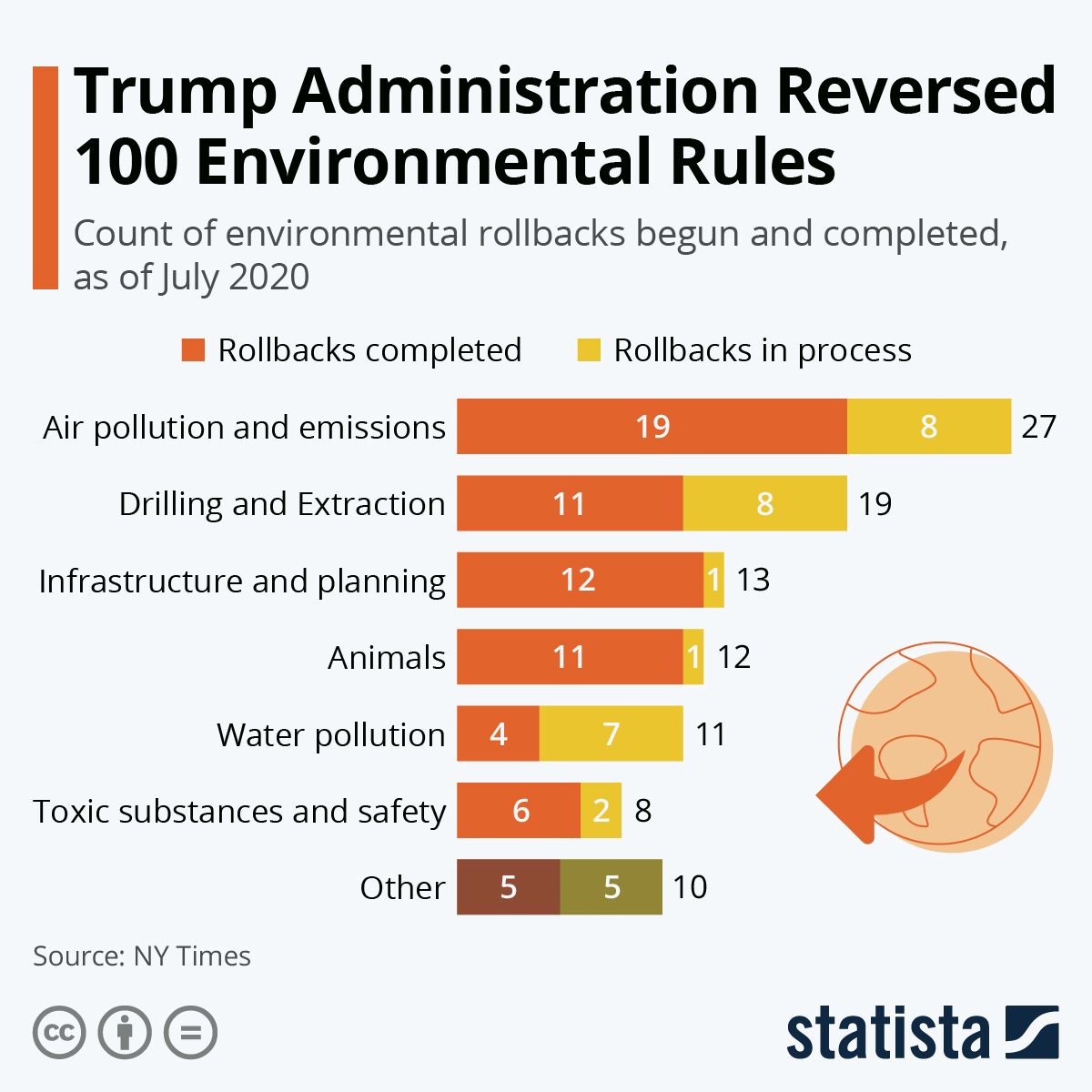
The actions of the exiting administration will have “extremely damaging environmental consequences”, said Richard Revesz, a professor of environmental law at New York University.
“Trump’s counterproductive actions have allowed the climate crisis to intensify and put the health of many Americans, especially in the most vulnerable communities, at risk by ignoring threats from pollution,” he added. (Source: The Guardian)
In the final weeks of his presidency, Trump continued to push through dozens of environmental rollbacks weakening century-old protections for migratory birds, expanding Arctic drilling and hamstringing future regulation of public health threats.
“Well, it’s a hoax. I think the scientists are having a lot of fun.”
-Donald Trump on Climate Change
A Republican Rejection Of Science
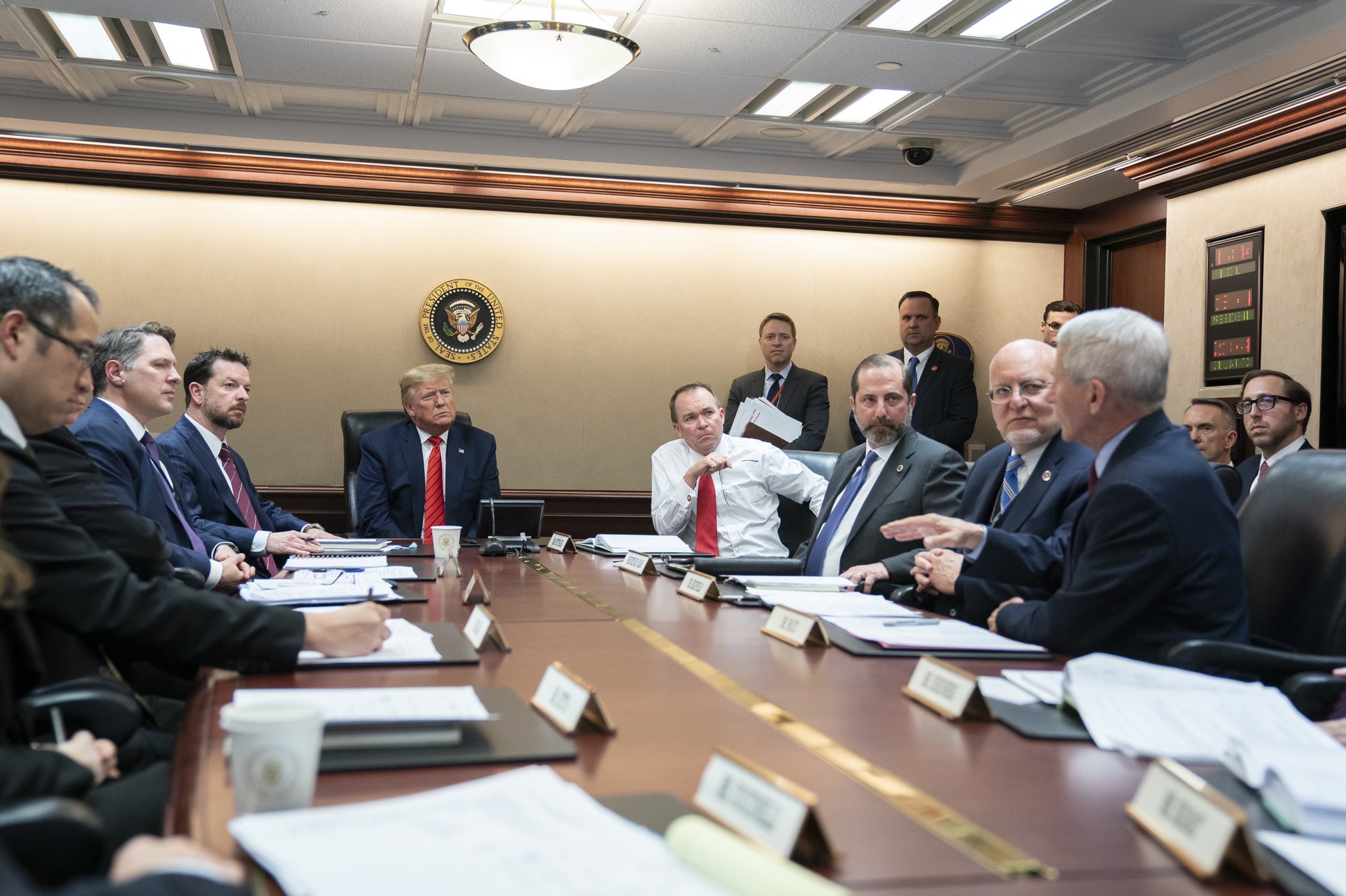
This new partisan era in environmental politics has meant more than just a rejection of the science of climate change by one of our two major political parties. It’s also meant a rejection of science altogether as the Trump Administration’s handling of the Coronavirus Pandemic clearly demonstrates.
Why do they do it? The answer is simple–it’s good politics.
Denying Science Can Be Both Costly & Deadly

Years of climate denial and an unprecedented effort to banish science took a lethal turn in 2020.
Our government initially ignored a deadly pandemic. This produced disastrous consequences according to the Lancet Global Health Commission, “About 40% of US COVID-19 deaths “could have been averted,” concluded the report.
“Many of the cases and deaths were avoidable,” the report stated, adding that “instead of galvanizing the U.S. populace to fight the pandemic, President Trump publicly dismissed its threat (despite privately acknowledging it), discouraged action as infection spread, and eschewed international cooperation.”
By the summer of 2022, deaths attributed to the coronavirus in the United States had topped 1,000,000. Worldwide, deaths exceeded 6,000,000.
It’s All Part Of A Larger Pattern
But it’s all part of a larger pattern from Ronald Reagan’s claim that trees cause pollution to Donald Trump’s contention that wearing masks signals public disapproval of his policies. This rejection of science has come to dominate the Republican Party in the 21st century.
“I don’t wear masks like him. Every time you see him, he’s got a mask. He could be speaking 200 feet away from it, and he shows up with the biggest mask I’ve seen.“
-President Trump in a nationally televised debate mocking his Democratic opponent for wearing a mask
It’s even gone to absurd lengths with Texas Senator Ted Cruz taking aim at Sesame Street’s Big Bird for promoting COVID-19 vaccines for kids. Cruz has called it “government propaganda . . . for your 5 year old” after the canary-like 8-foot 2-inch Muppet proclaimed that he’d gotten the jab.
Jimmy Carter | The Political Outlier
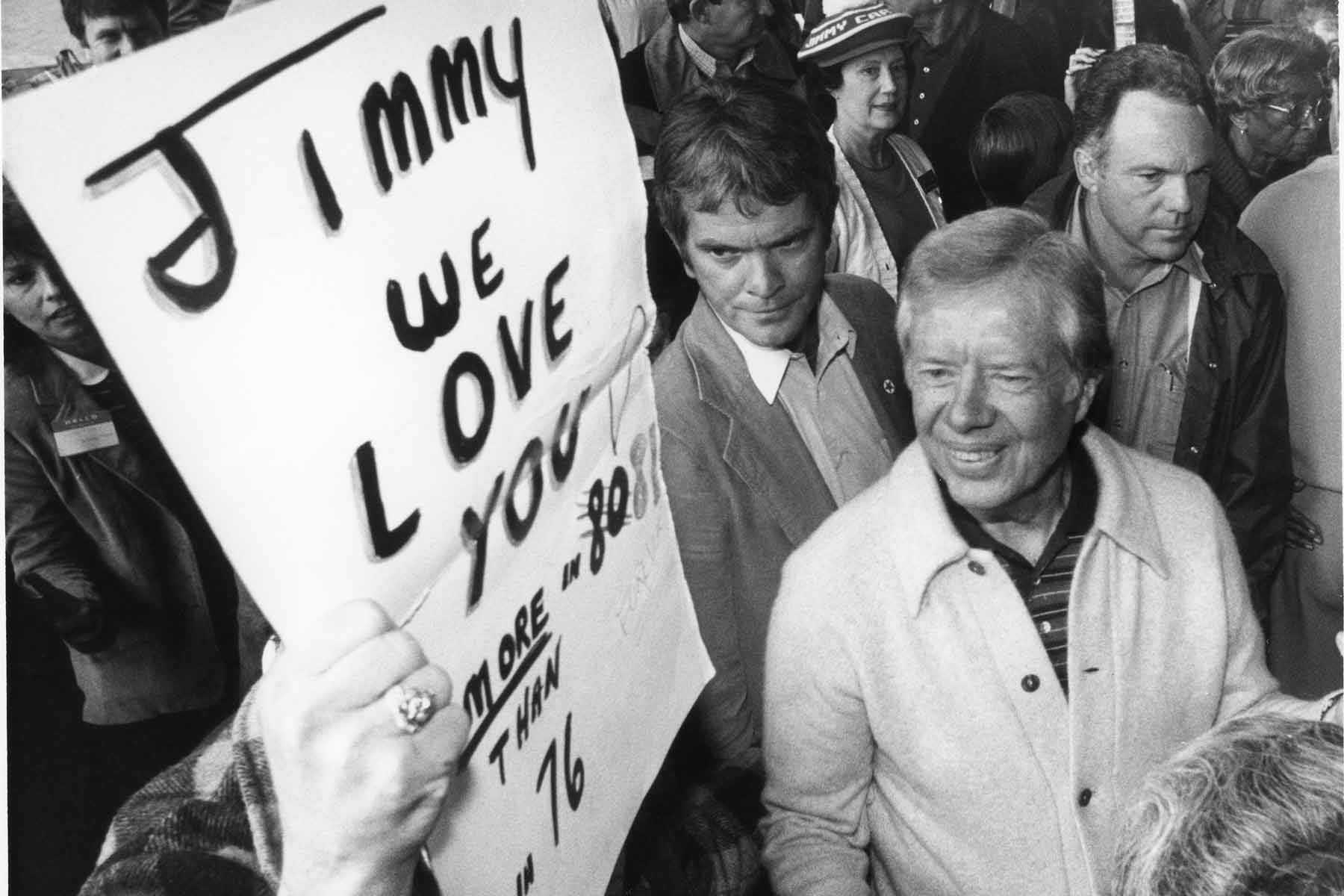
As we look back on his presidency, Jimmy Carter is the political outlier because he championed environmentalism when the political winds were shifting and the political costs were rising.
Like so much else that he did, Carter was driven by what was good policy as opposed to what was good politics. While we need leaders who are willing to do the right thing as opposed to the political thing, that’s not what we get these days.
Jimmy Carter paid the ultimate price for his political courage. It’s a price today’s leaders are simply unwilling to pay.
So, how can we make the leaders our political system produces into the leaders our country needs?
“At the very end of his presidency, there was this thing called “Global 2000.” The [White House] Council on Environmental Quality, run by a guy named Gus Speth, released a report on what was sometimes called carbon pollution.
-Jonathan Alter, Washington Monthly Interview
Carter had started studying the issue in 1971. I found in his files from when he was governor underlinings in the journal Nature about carbon pollution and global warming.
So they issue this report. What’s amazing about it is that the reduction in CO2 that they recommend be the policy of the Carter administration is precisely what was in the Paris Climate Accords of 2015 . . .
He was the first leader anywhere in the world who considered it a problem.”
The Curious Case Of Richard Nixon
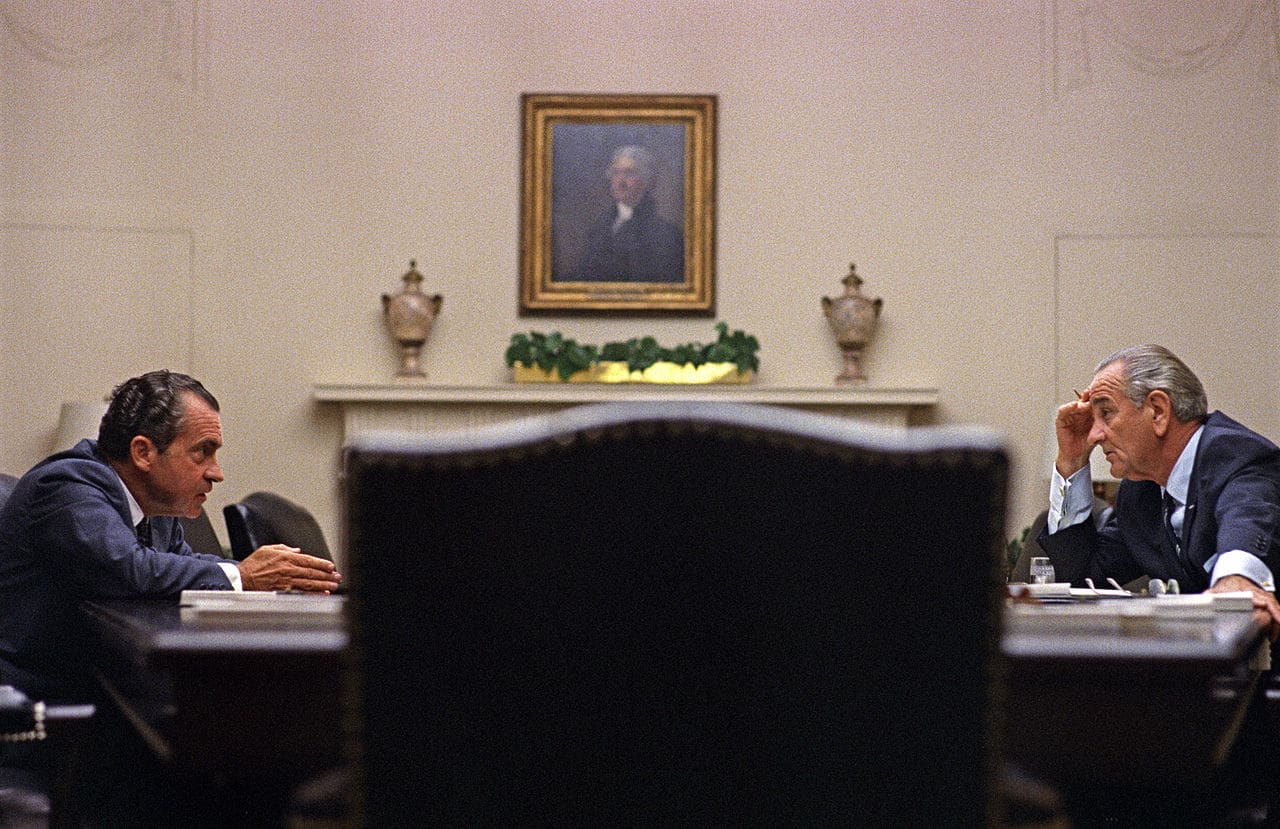
Jimmy Carter did what he believed was right despite the political risks. Richard Nixon was the opposite. He was the quintessential political animal. Nixon did what made good political sense. While we need more leaders like Carter, our political systems produces more leaders like Nixon.
So, if we’re going to restore a bipartisan consensus on environmental activism then it’s instructive to examine the “Curious Case of Richard Nixon.”
He was an anti-communist. Why? Anti-communism was politically popular during the 1950s and 1960s.
Nixon, however, did an about face on communism in the 1970s by opening diplomatic relations with the Peoples Republic of China.
The Answer My Friend Is Blowing In The Wind
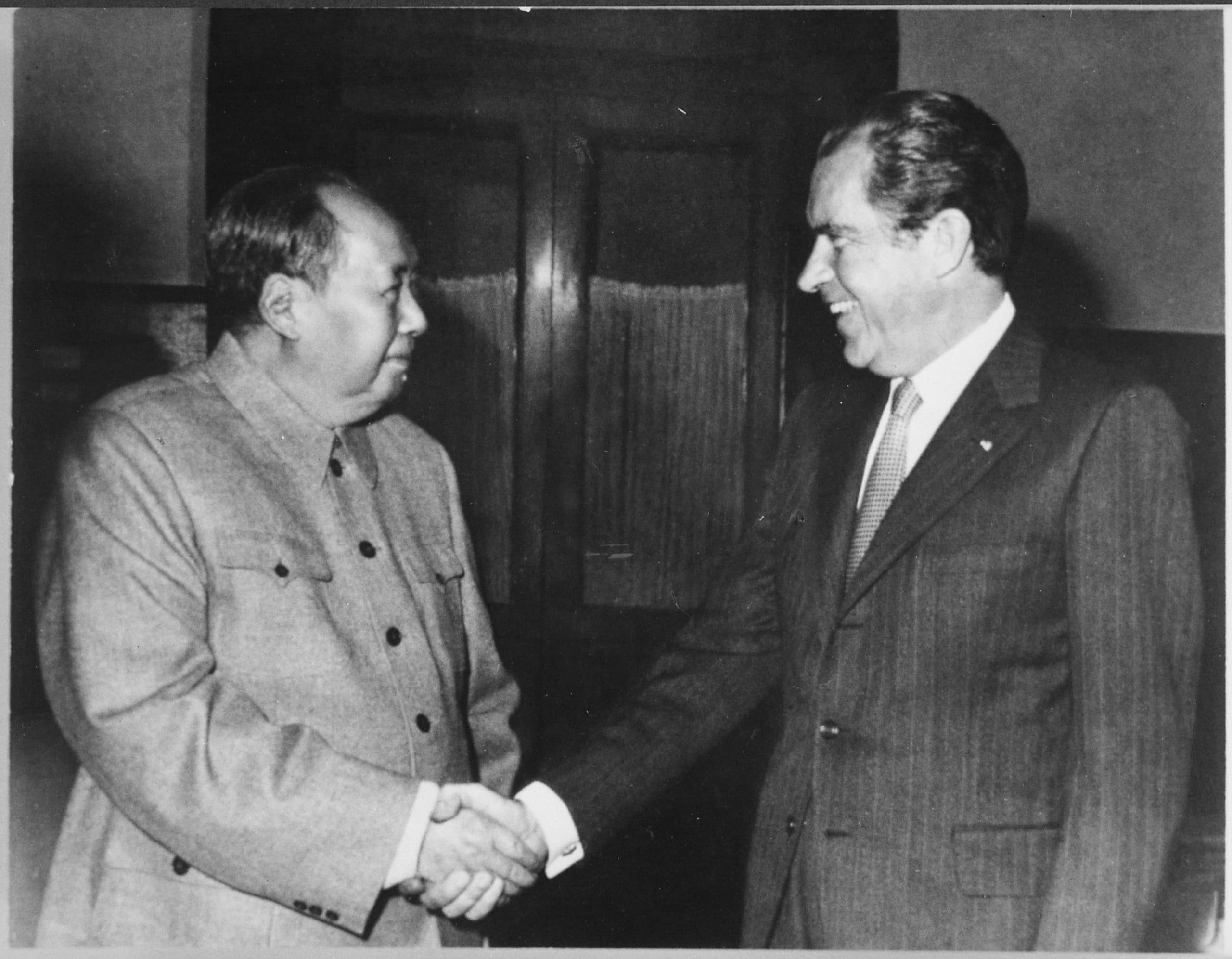
Bob Dylan once wrote the “answer my friend, is blowing in the wind.” Only in this case, the proverbial winds were political.
Why did Nixon, the ardent anti-communist, become the man who recognized the largest communist country on earth? The answer is simple. By the 1970s, the political winds had shifted. So Richard Nixon shifted too.
In 1971, Nixon was trailing for reelection against some of the prospective Democratic candidates. Trailing in those early polls, he opened the door to China to serve his reelection needs first and foremost.
Nevertheless, it was still a good policy decision as it began the process of reforming China’s economic system and consequently helping to spur the global economic growth which China accounts for today. It also gave the Chinese a strong economic incentive to begin promoting economic opportunities around the globe.
Given the strong support for the environmental initiatives of Nixon’s Democratic predecessors, his own environmental initiatives were simply good politics. In the 1970s, it was what the public demanded from their elected officials.
How We Explain Nixon
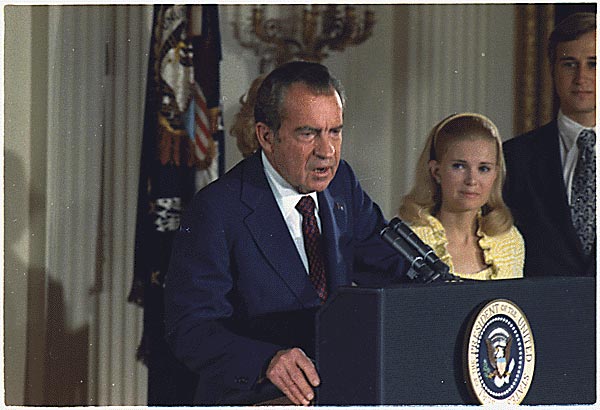
Richard Nixon’s singular preoccupation with politics and what it would take to win involved him in the worst political scandal of the twentieth century. It’s a scandal which forced him from office and forever tarnished his legacy.

And yet, the same Richard Nixon ranks as one of the greatest, some would argue the greatest, environmental president of all time.
Solving The Problem Requires All Of Us

The curious case of Richard Nixon illustrates the problem and the solution to our current dilemma.
For Richard Nixon, tackling the environmental challenges of his time was smart politics given the widespread public support for environmental initiatives.
Today we need to once again show elected officials, of both political parties, that it’s smart politics to do what Richard Nixon did back in the 1970s.
You’ve Got To Have Public Support
William Ruckelshaus was the first director of the Environmental Protection Agency. The clean air issue reinforced Ruckelshaus’s view that the EPA’s effectiveness depended on popular support.
A highly motivated public creates the political support necessary for bipartisan cooperation on environmental issues.
We’ve Got To Have Public Support For Environmental Protection Or It Won’t Happen
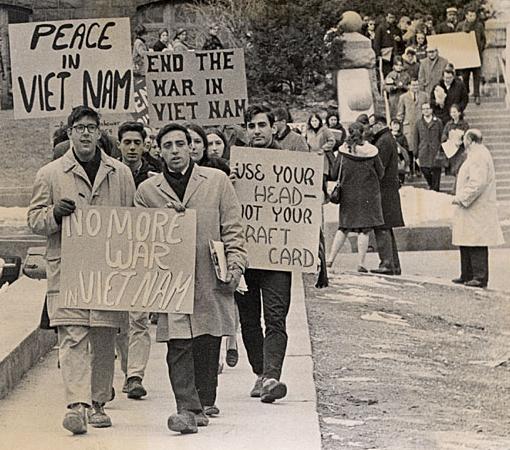
Once upon a time, industry had to walk the fine line between trying to protect profits and protecting the environment in the eyes of voters and consumers. This was during the 1960s and 1970s when voters from both political parties cared about environmental protection.
“You’ve got to have public support for environmental protection or it won’t happen,” asserted Ruckelshaus. Simply put, that’s the moral of the story!
Change Only Happens When Enough People Demand It

Let’s Consider The Other Path
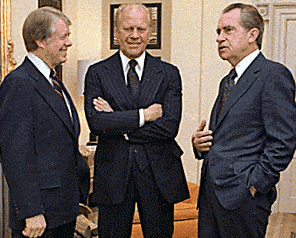
Let’s go back to that July night in 1979.
Jimmy Carter appealed to the American people to put the common good ahead of personal gain.
In his speech, he outlined two paths. Let’s consider the path not taken.
“All the traditions of our past, all the lessons of our heritage, all the promises of our future point to another path — the path of common purpose and the restoration of American values.
That path leads to true freedom for our nation and ourselves.”
Bipartisan Environmental Activism | It’s Up To Us
As Kai Bird notes in the title of his book, Outlier, Jimmy Carter was not a typical politician. His willingness to do the right thing instead of the political thing cost him reelection in 1980. And yet we need leaders like Jimmy Carter. Leaders who are willing to do the right thing instead of the political thing.
So, perhaps the solution to our current dilemma is to make the right thing the political thing. That, however, requires all of us to make our voices heard.
The bipartisan era of environmental activism demonstrates what government can accomplish.
Whether or not we can return to it depends entirely on us.
“Probably on any given problem of modern life, if a count or classification could be made, the out-and-out conservatives would be found to be in a distinct minority.
-Franklin Delano Roosevelt, delivered on May 8, 1926 at the Milton Academy
Yet the majority would be so divided over the means by which to gain their ends that they could not present sufficient unity to obtain action.
This has been the history of progress.“
About The People Behind More Than Just Parks
We’re Jim Pattiz and Will Pattiz, collectively known as the Pattiz Brothers (and sometimes as the “Parks Brothers”).
You should probably know that we don’t just make this stuff up out of thin air. We absolutely LOVE America’s public lands and have spent our entire adult lives bringing these places to life through our amazing short films.
We’ve worked with the National Park Service, the Department of Interior, USDA, U.S. Forest Service, and more for years creating films on important places and issues. Our work has been featured in leading publications all over the world and even some people outside of our immediate family call us experts on the national parks.
And, in 2018, our father – having spent a lifetime teaching history – joined us so that he could help us to tell the incredible stories behind these amazing places.
Meet The Parks Brothers
Our goal here at More Than Just Parks is to share the beauty of America’s national parks and public lands through stunning short films in an effort to get Americans and the world to see the true value in land conservation.
We hope you’ll follow our journey through the parks and help us to keep them the incredible places that they are. If you’re interested in joining the adventure then please sign up below!

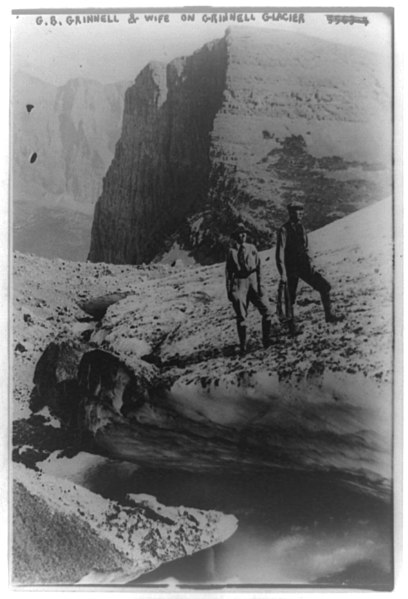
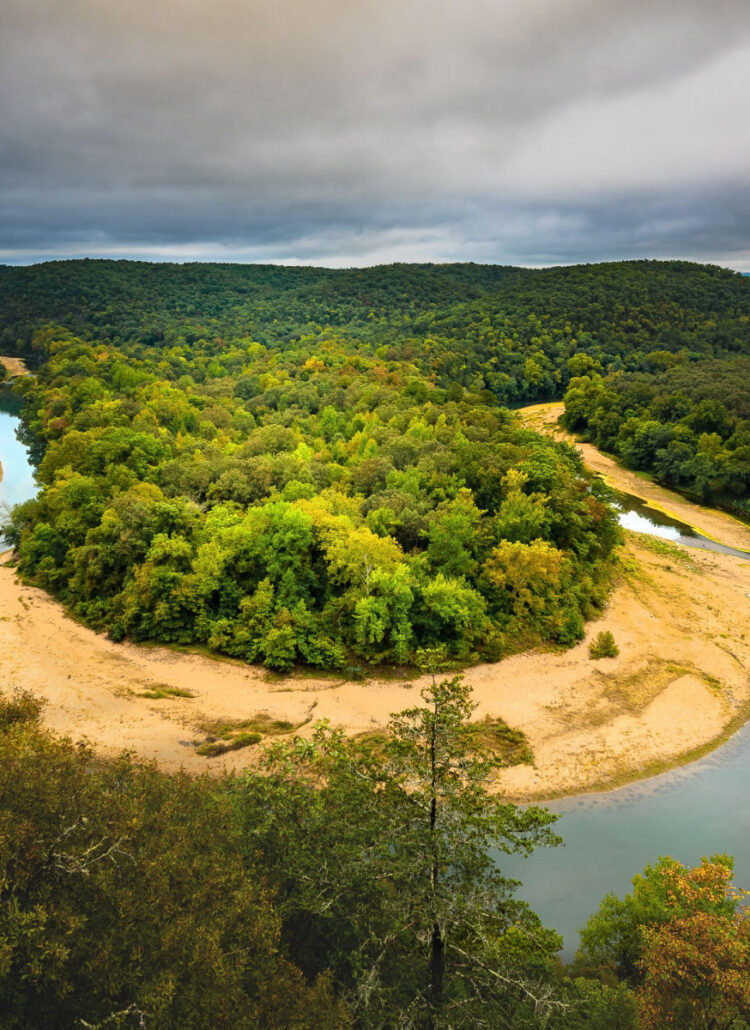


Leave a Reply